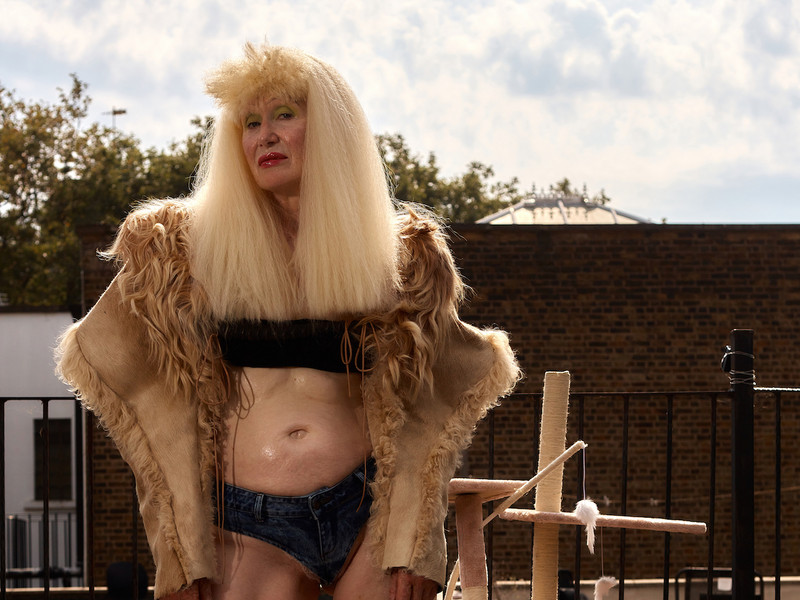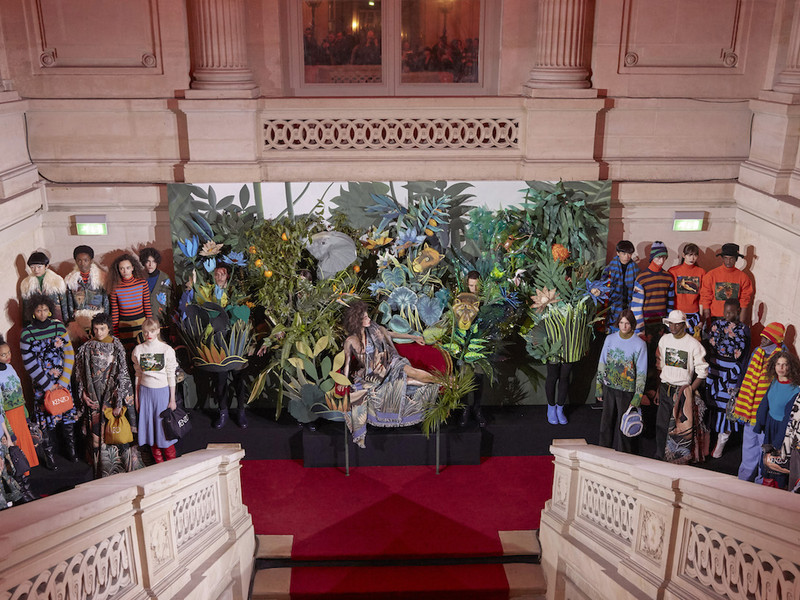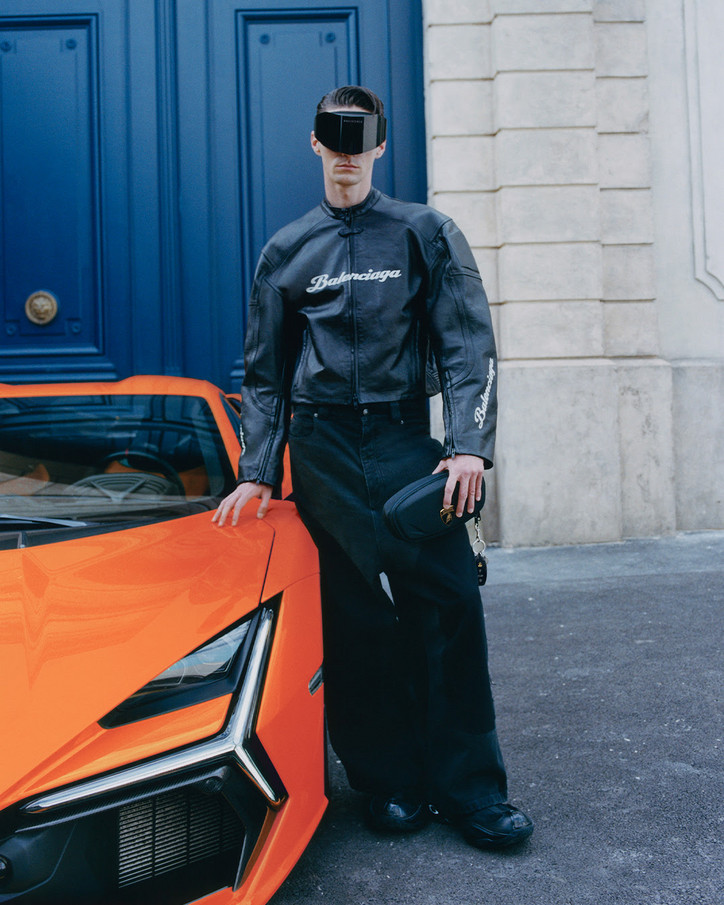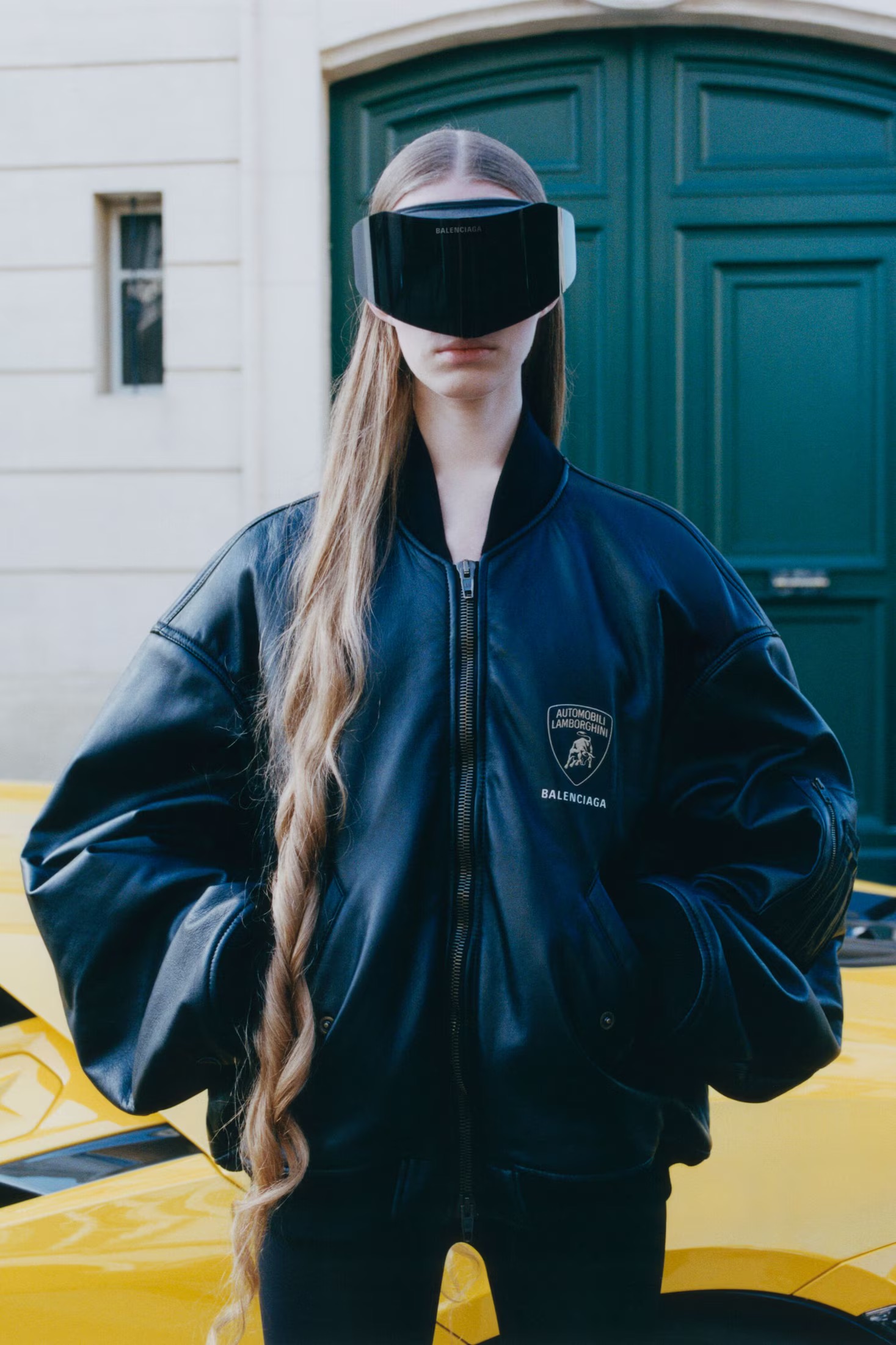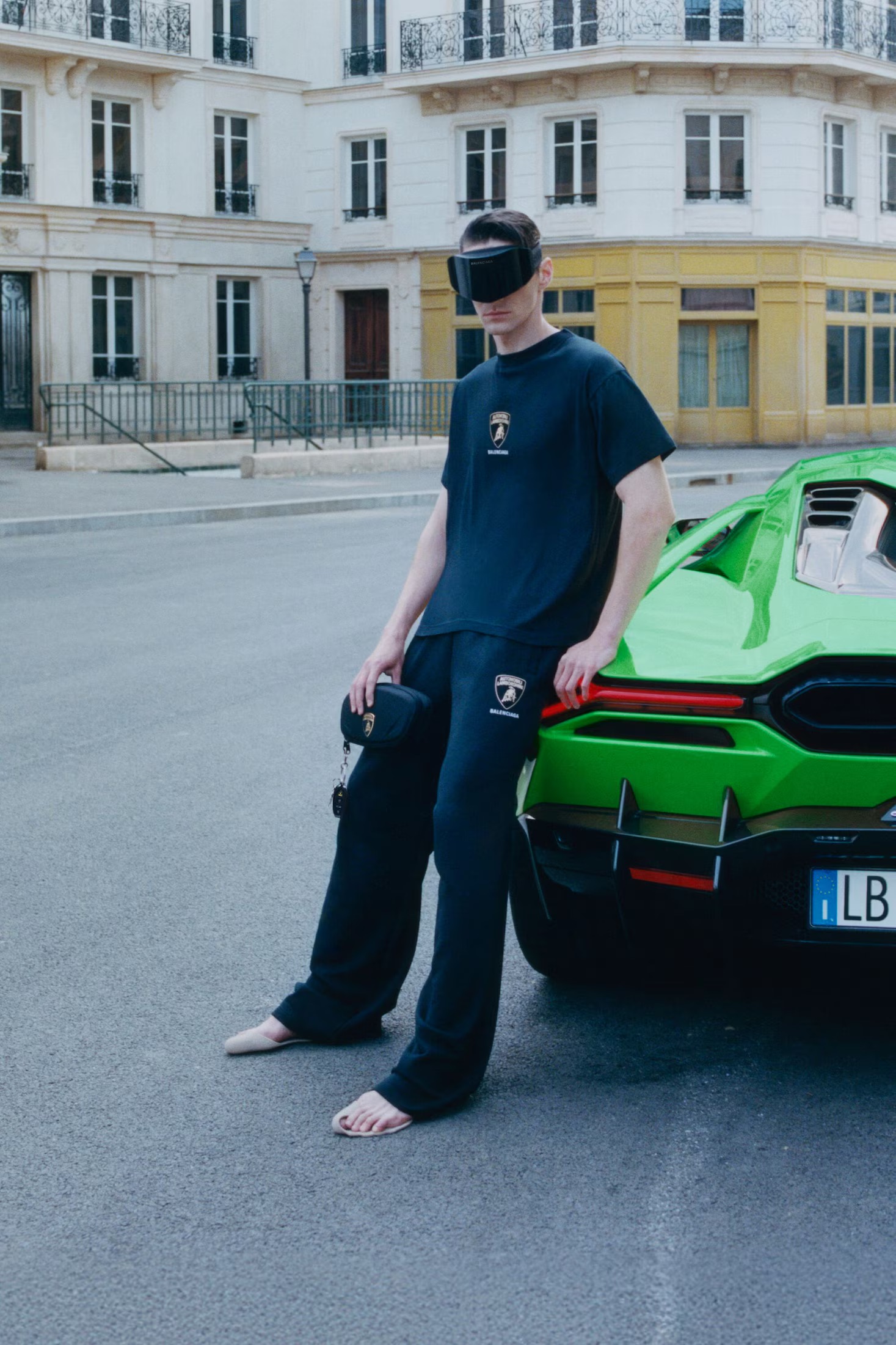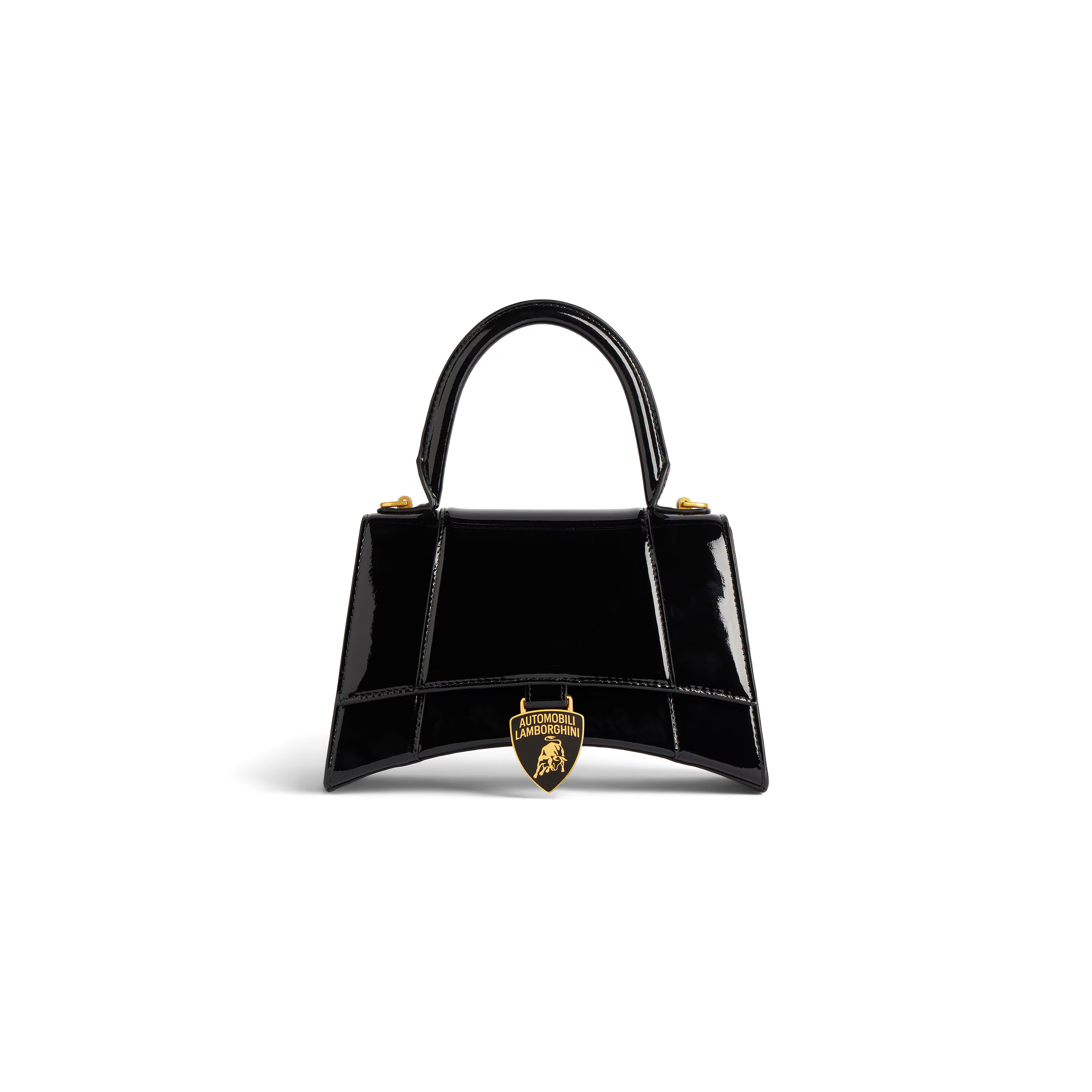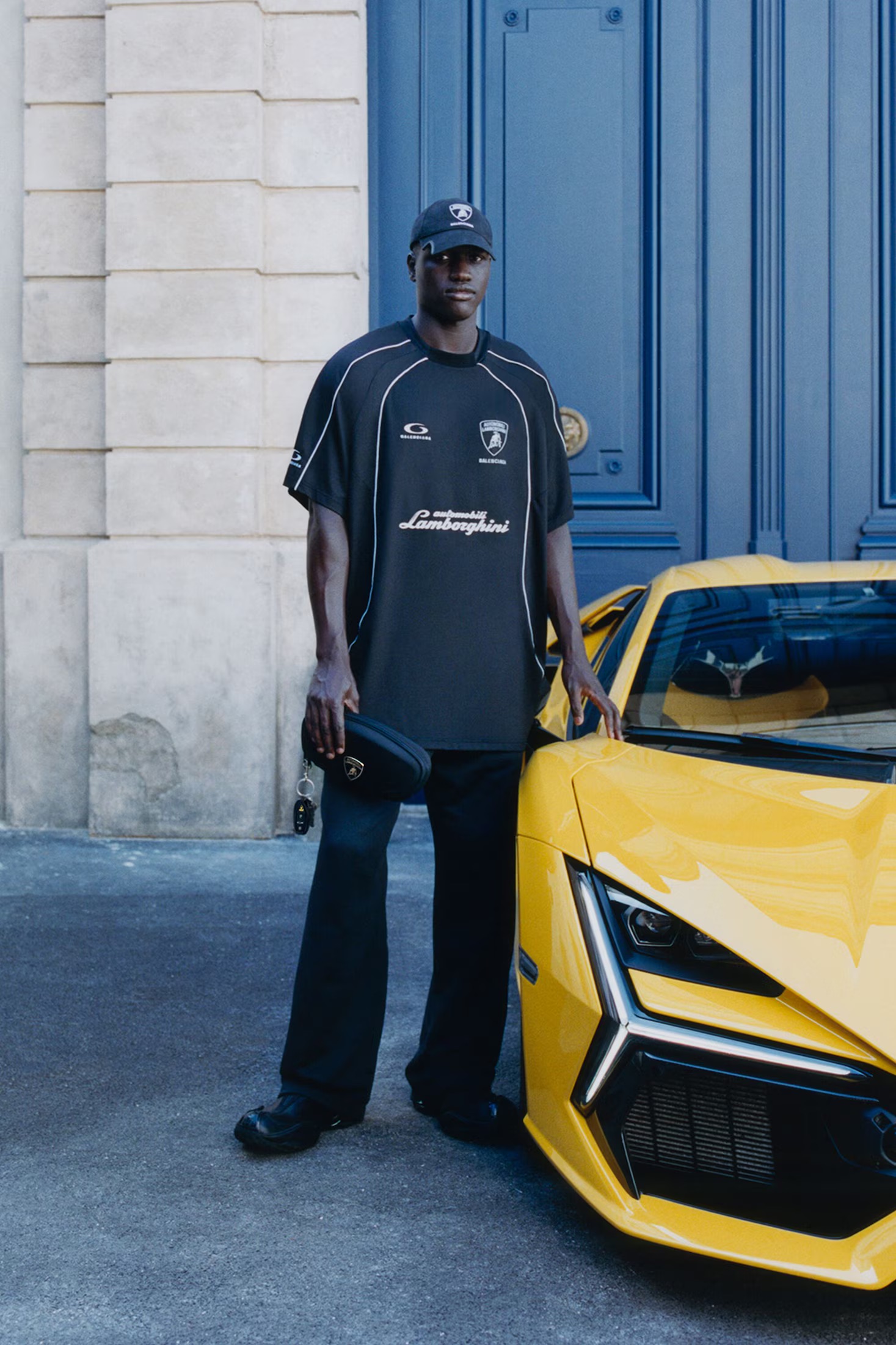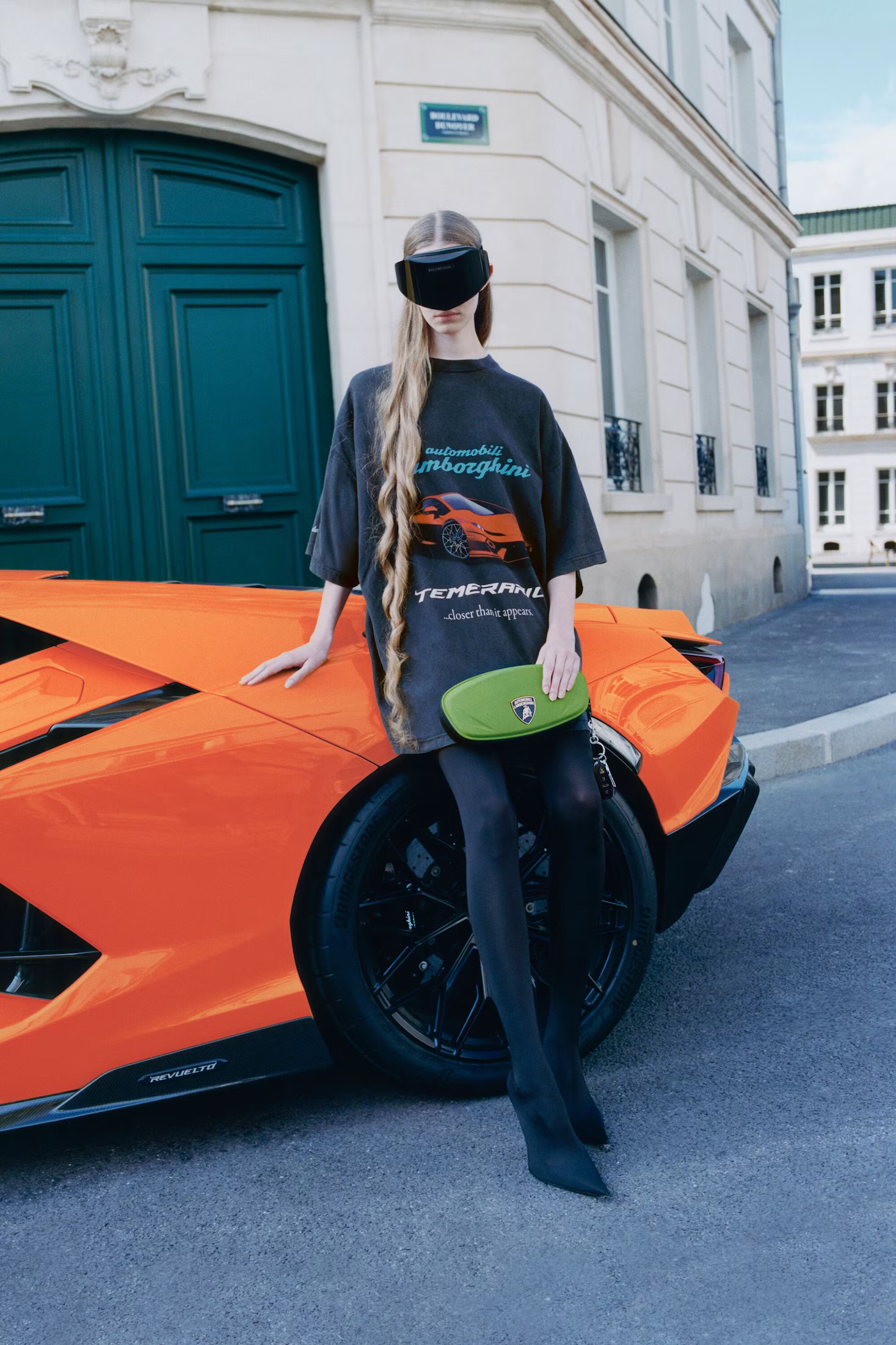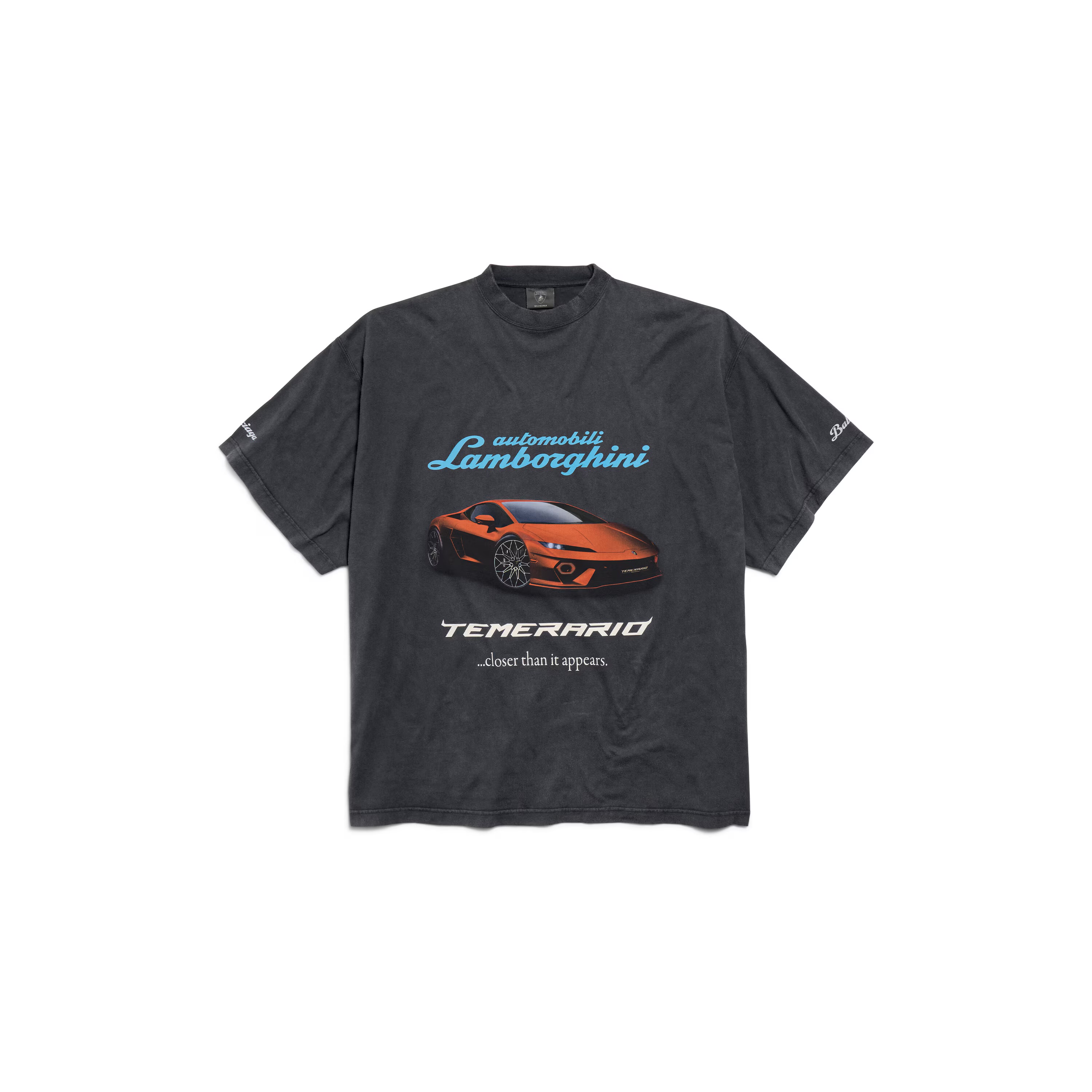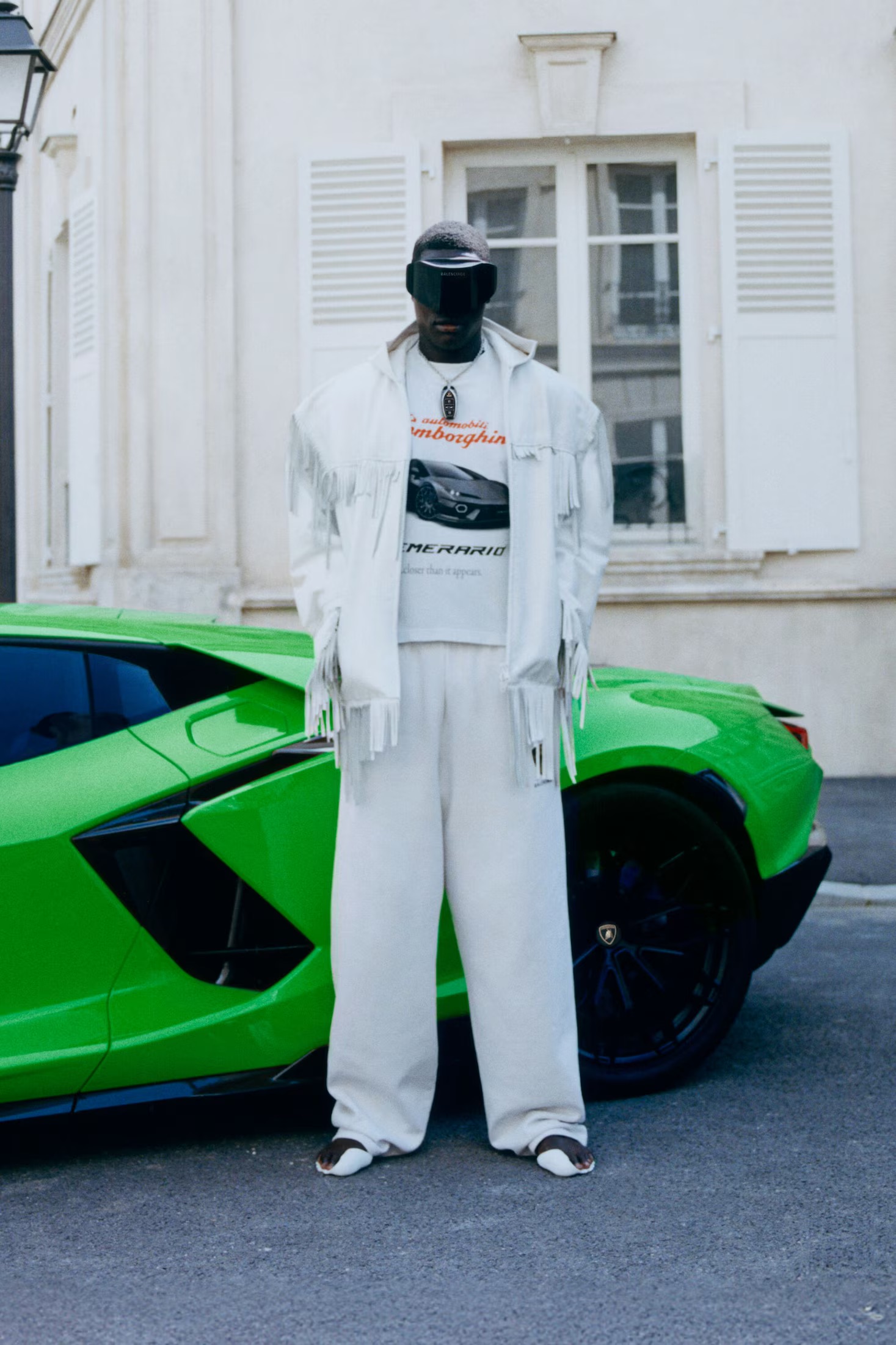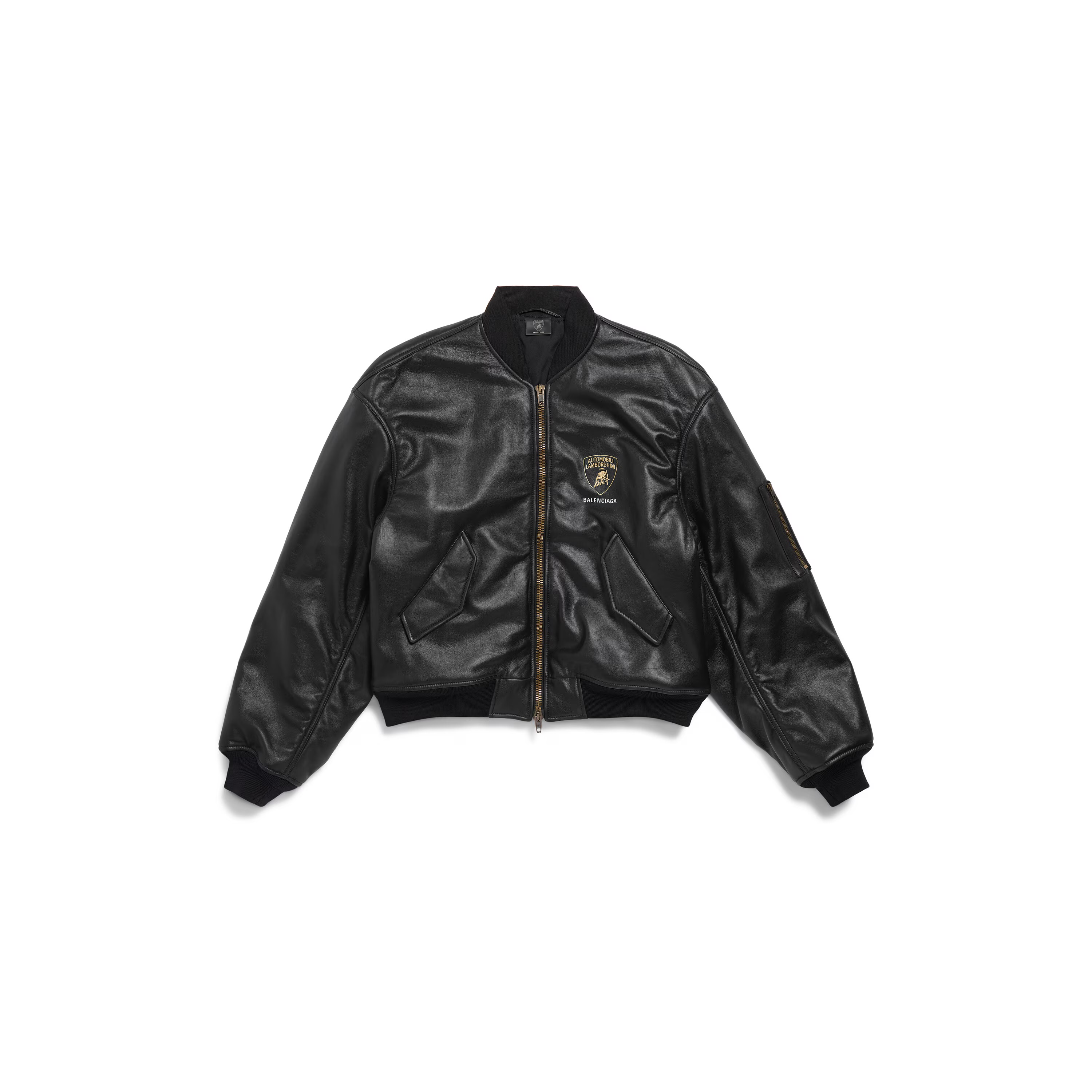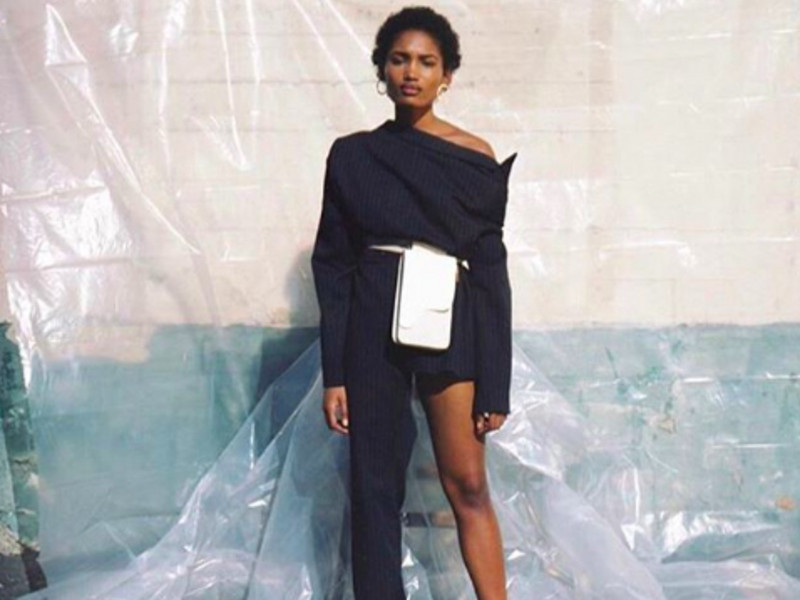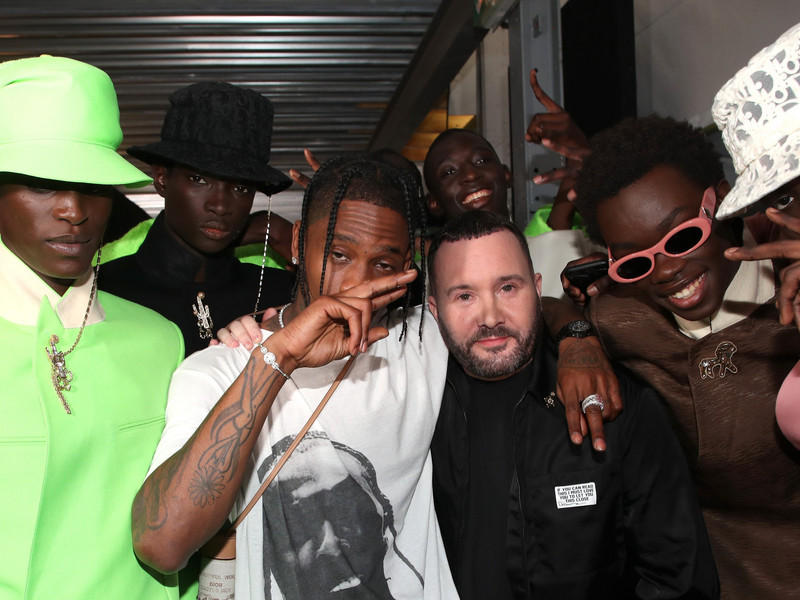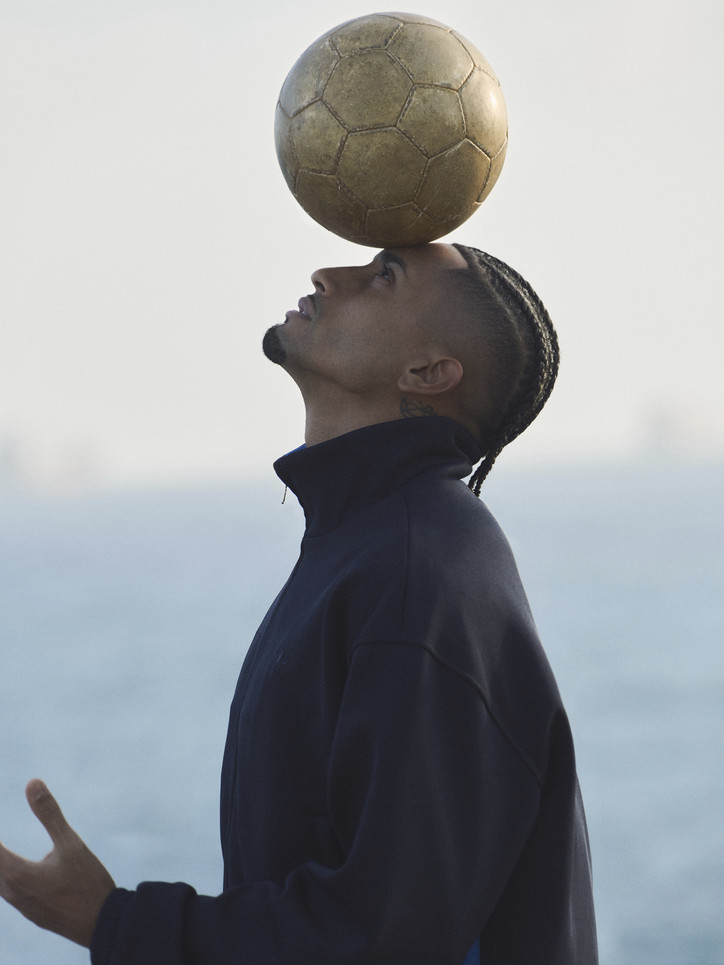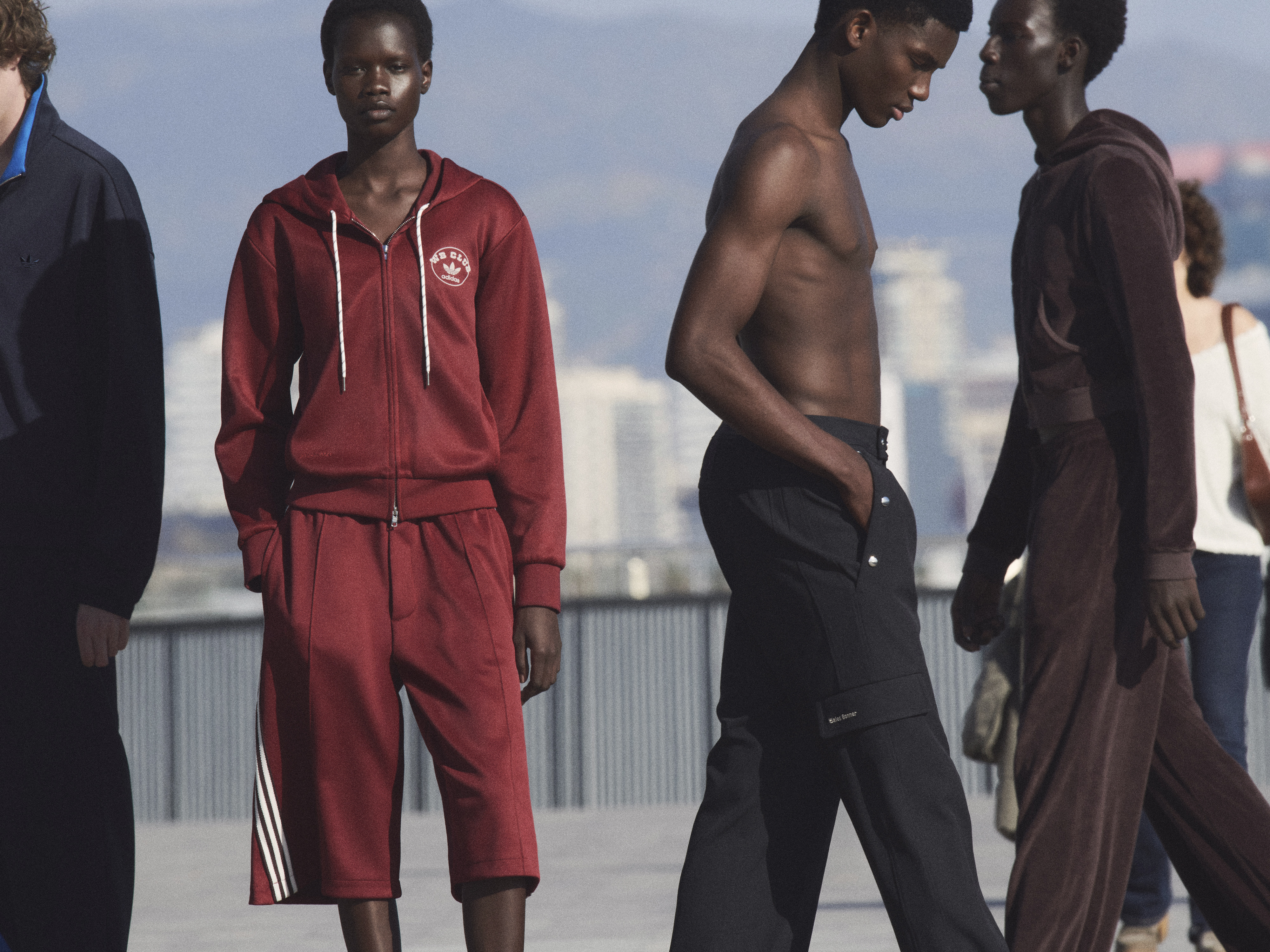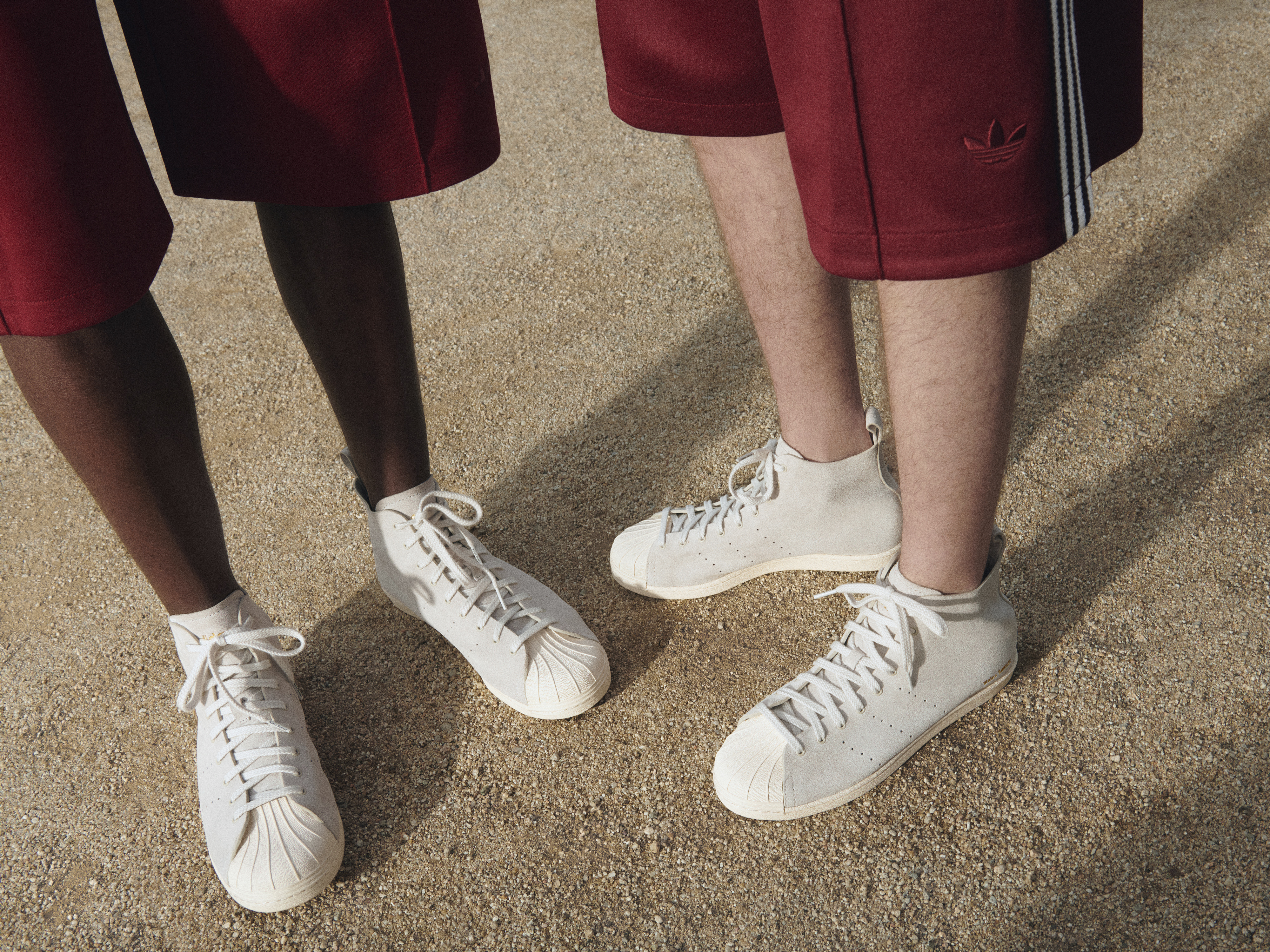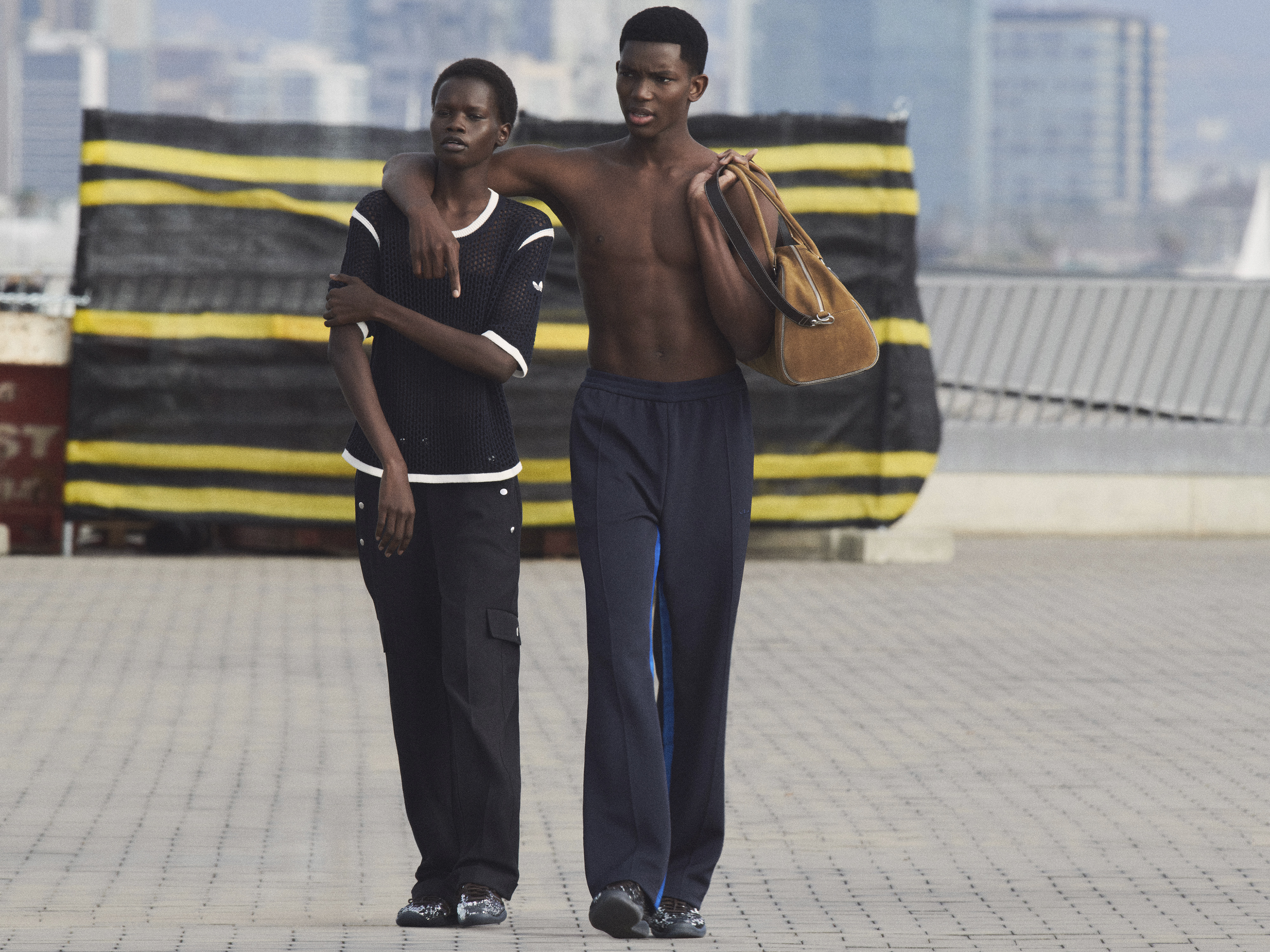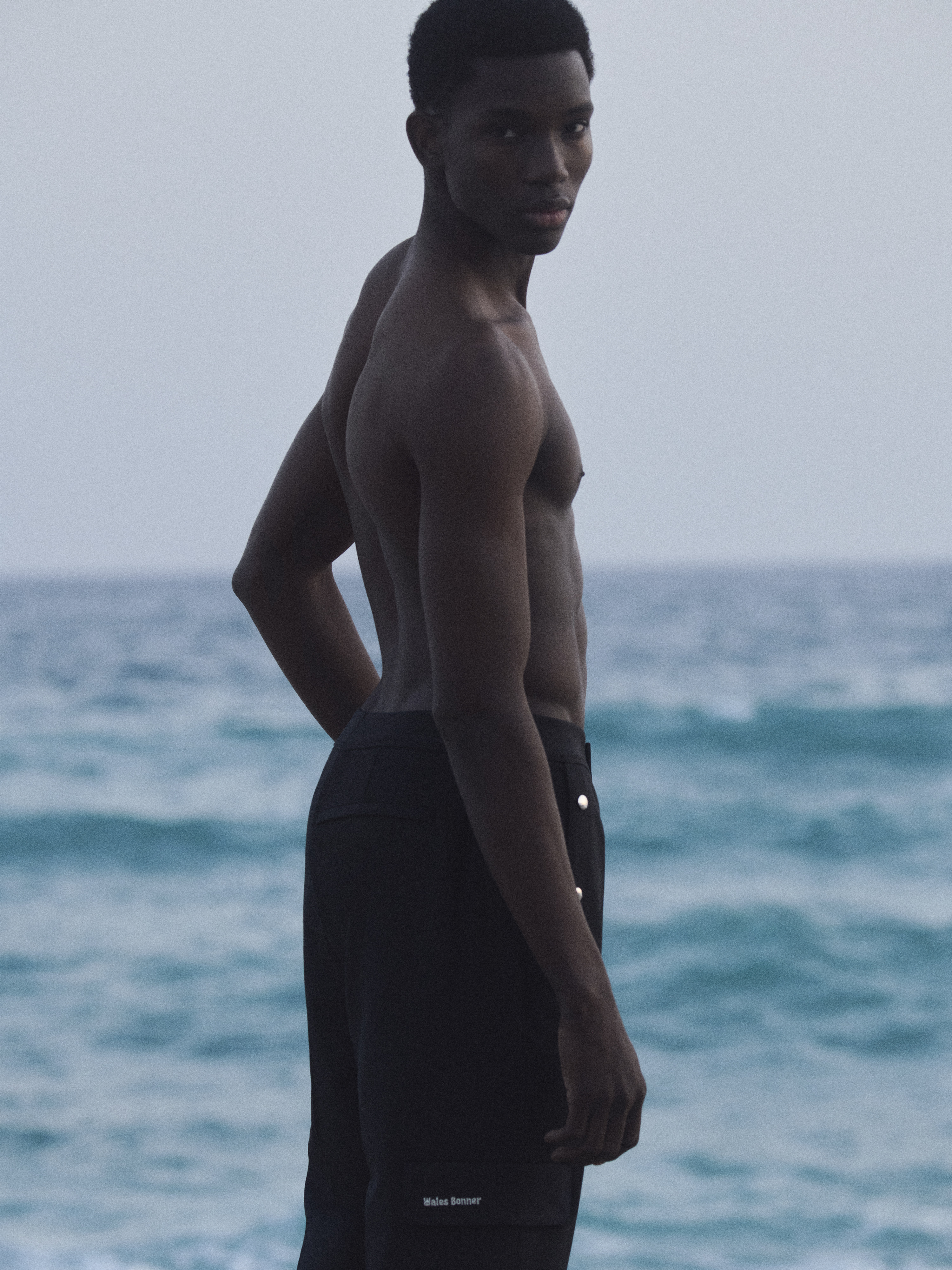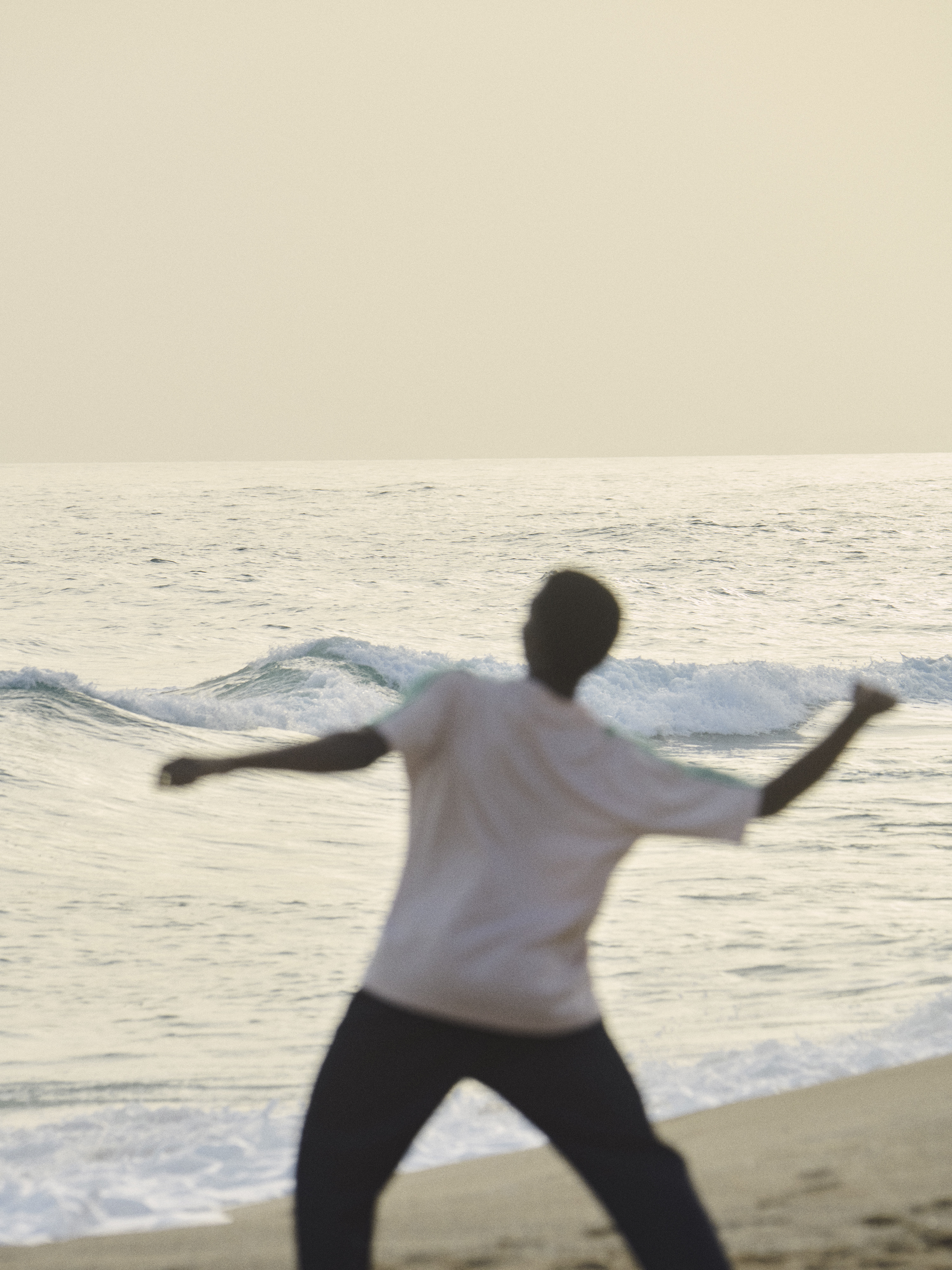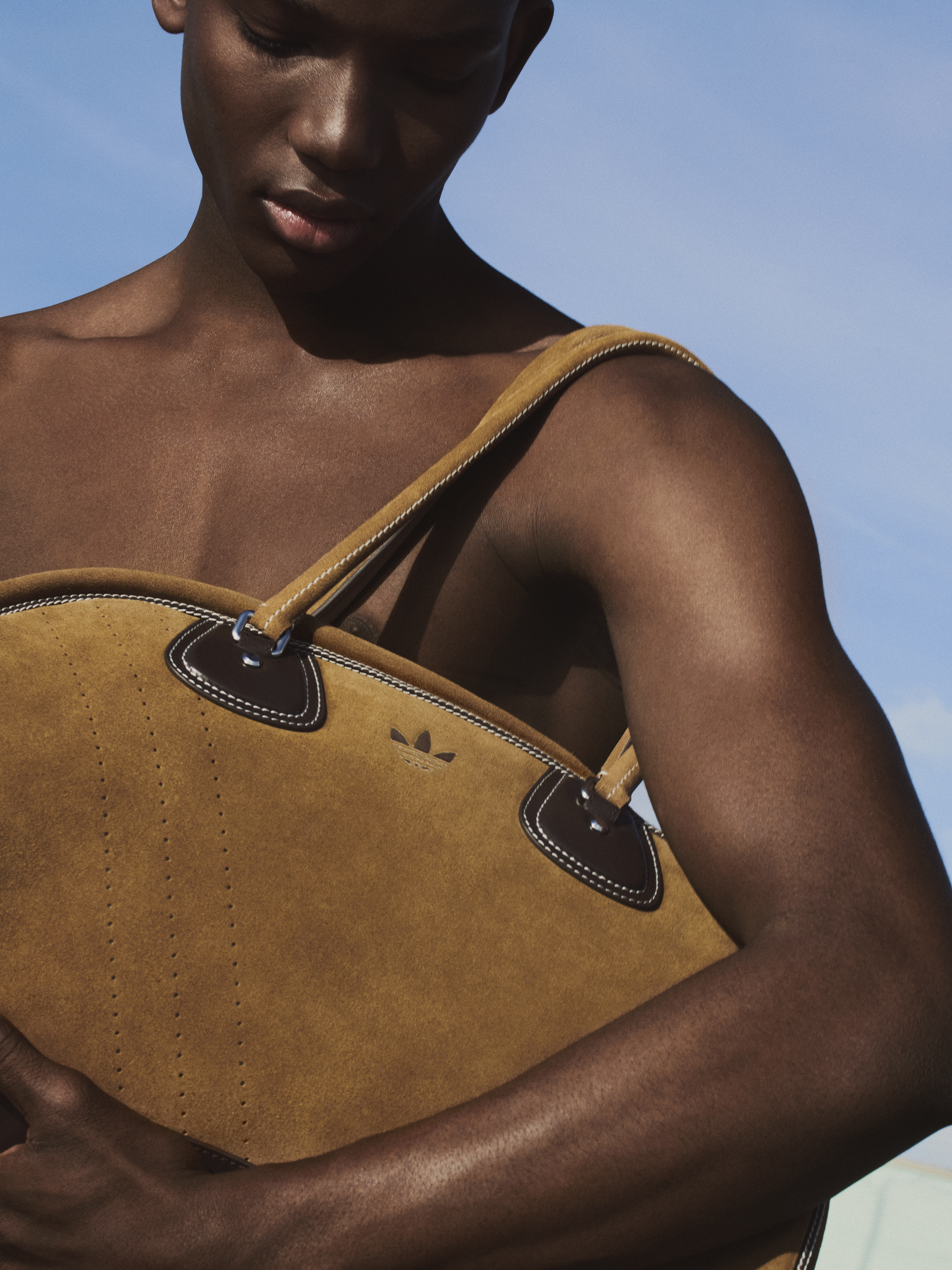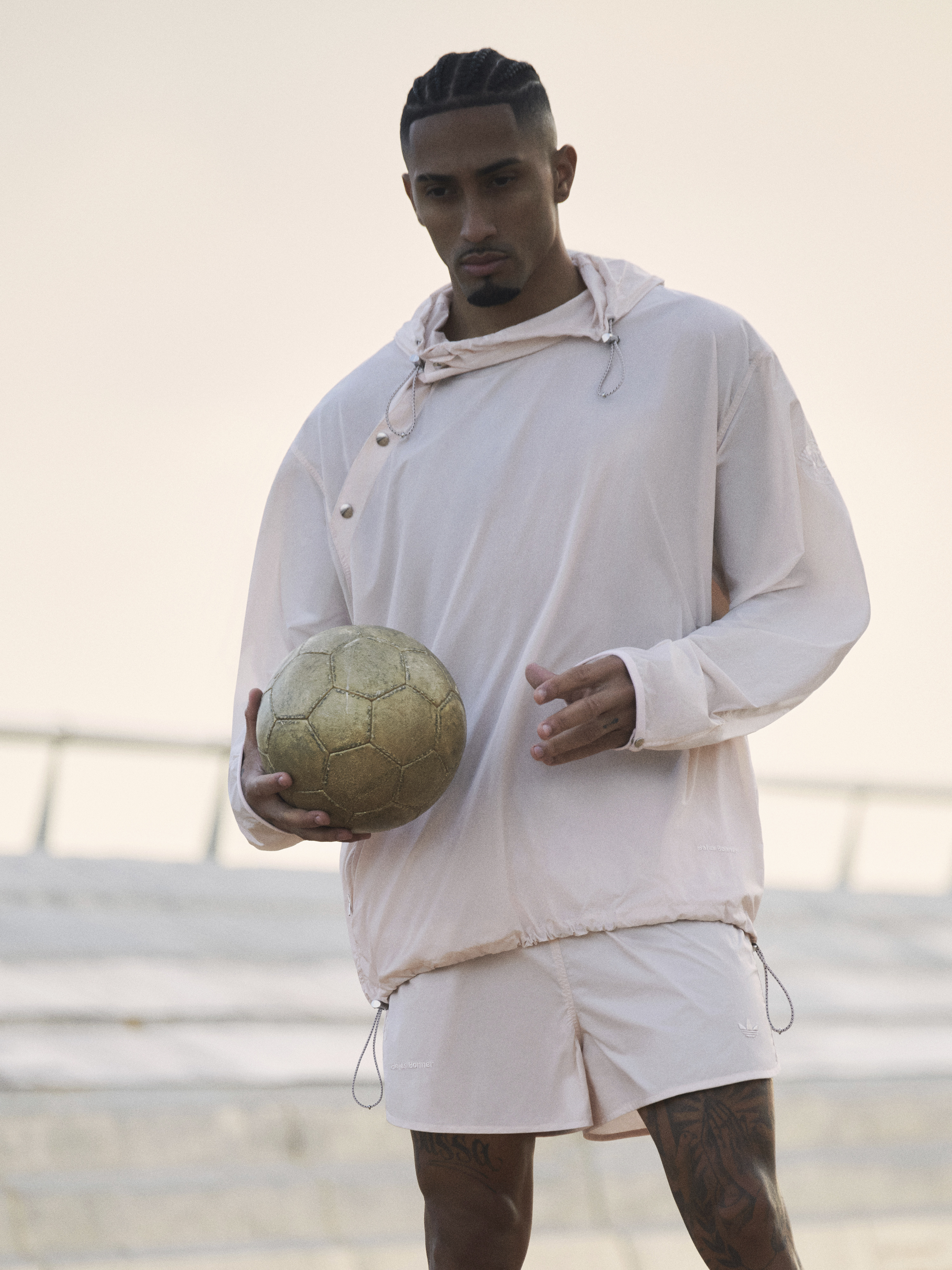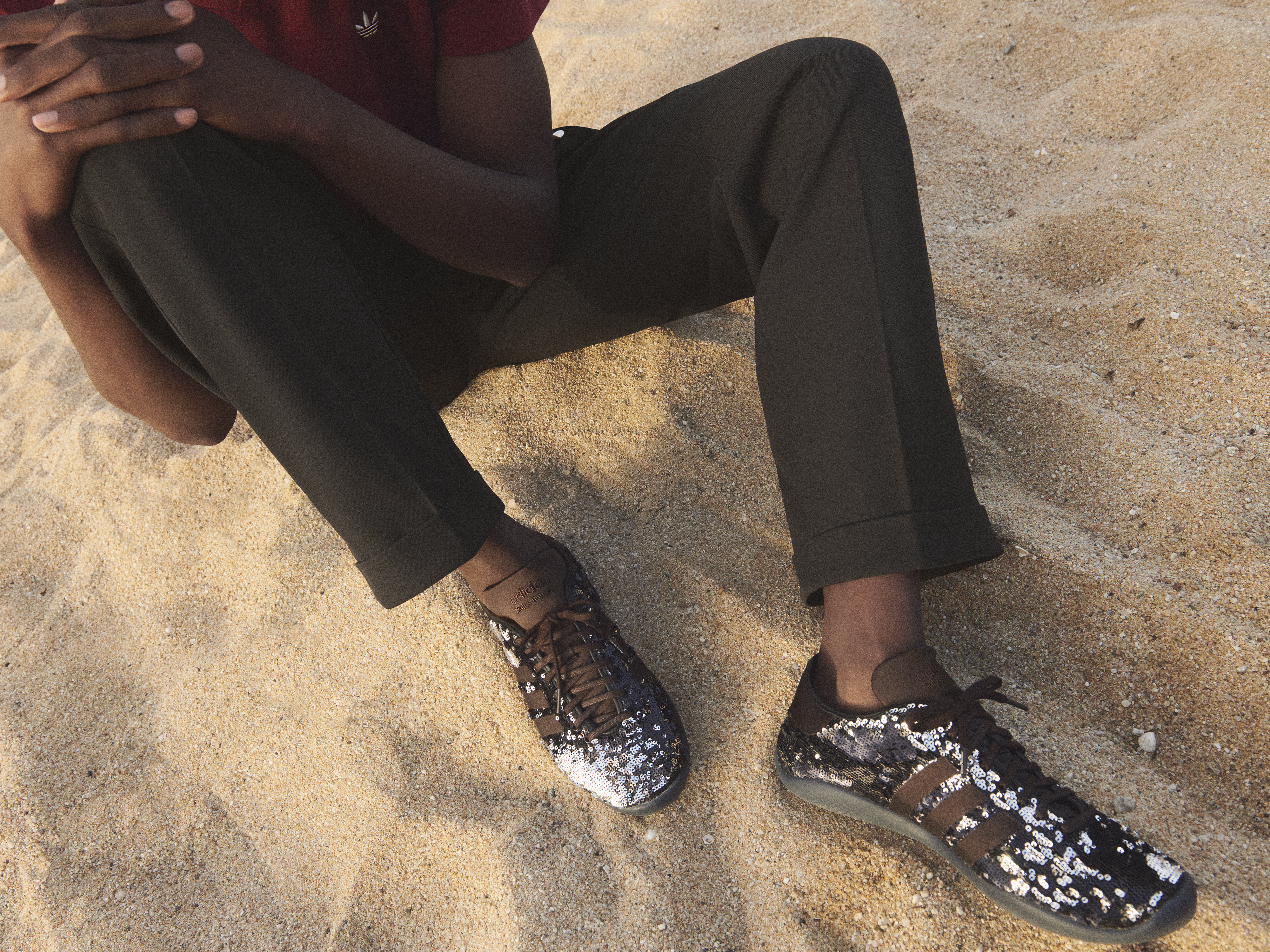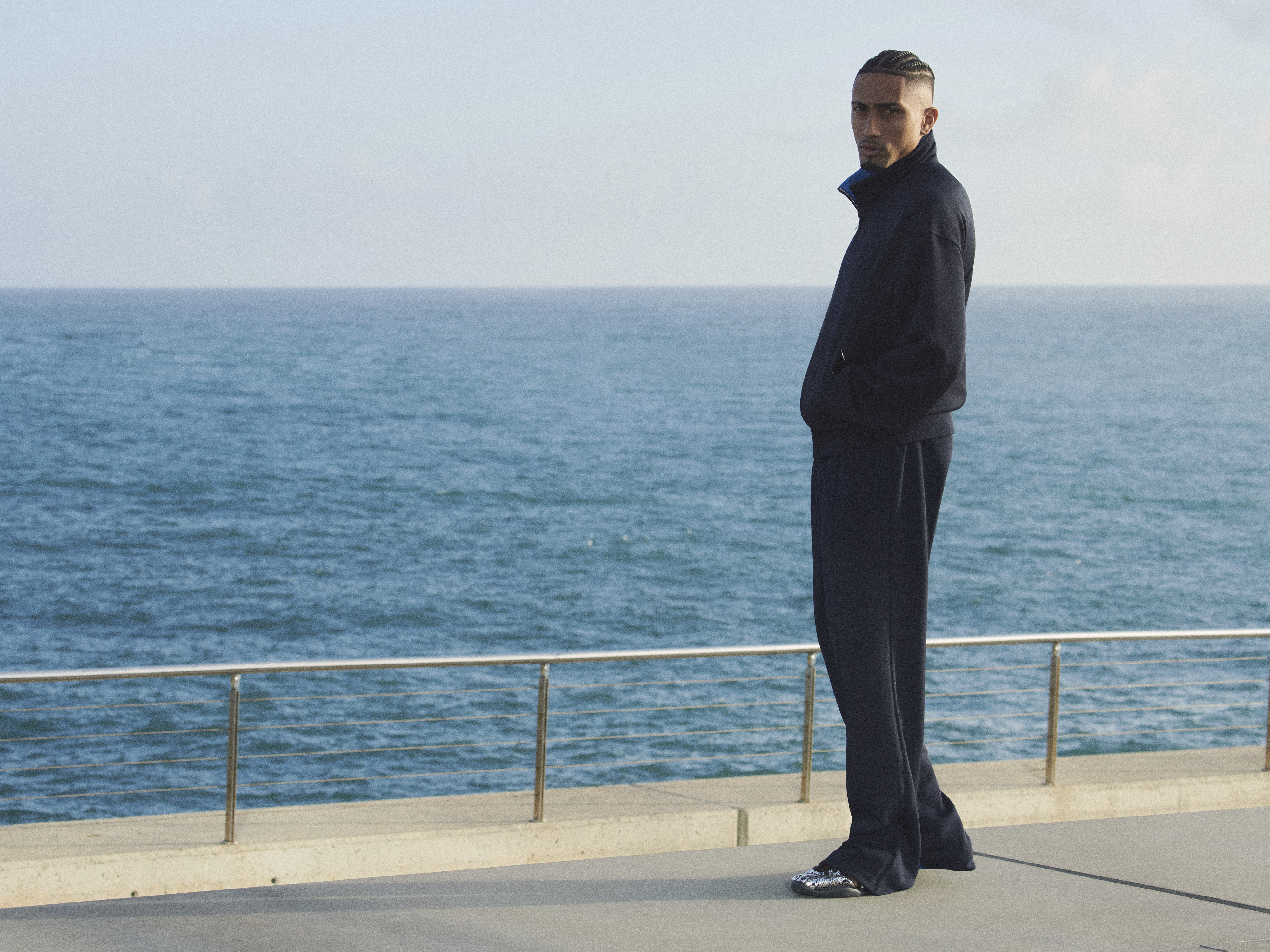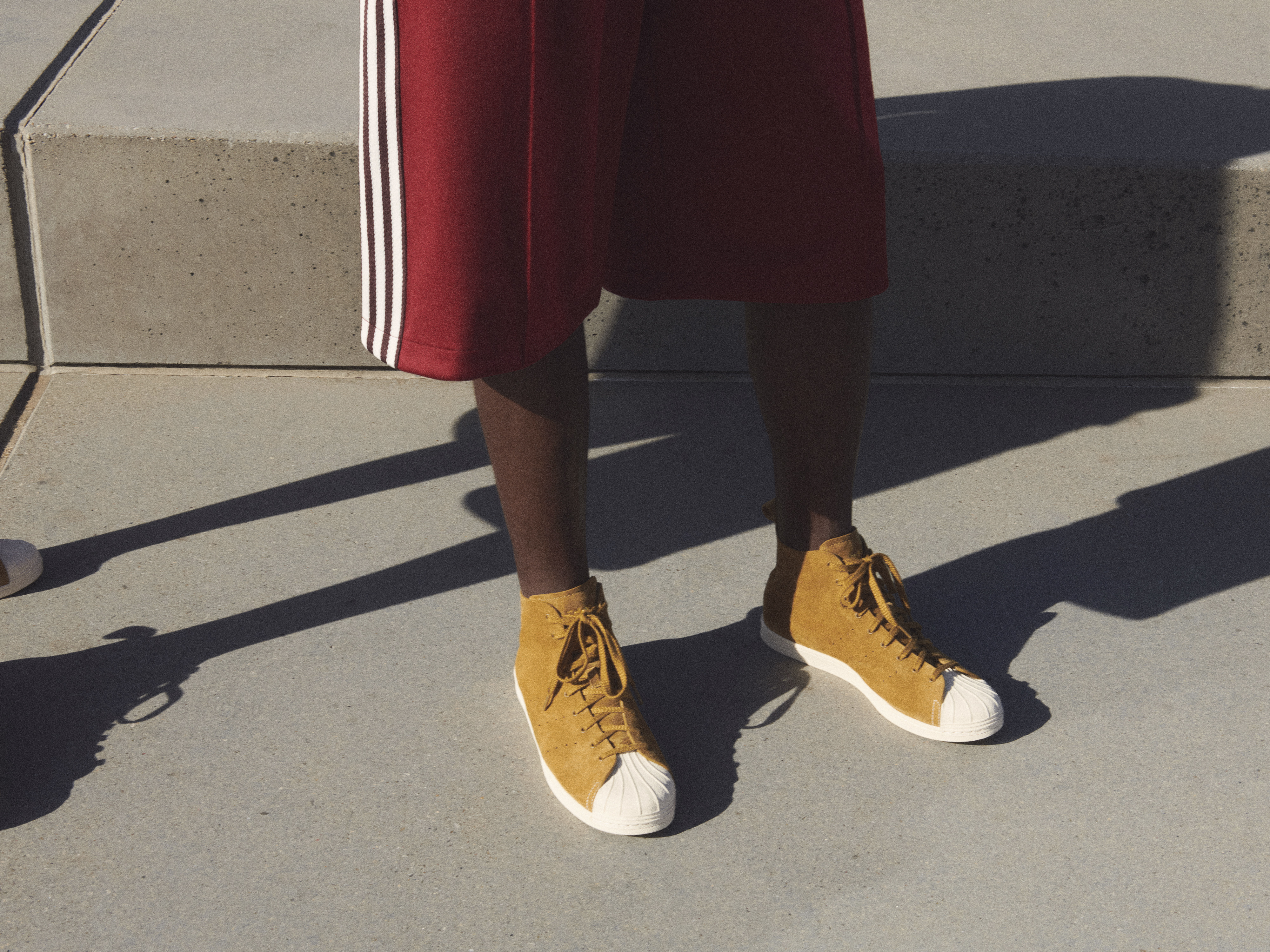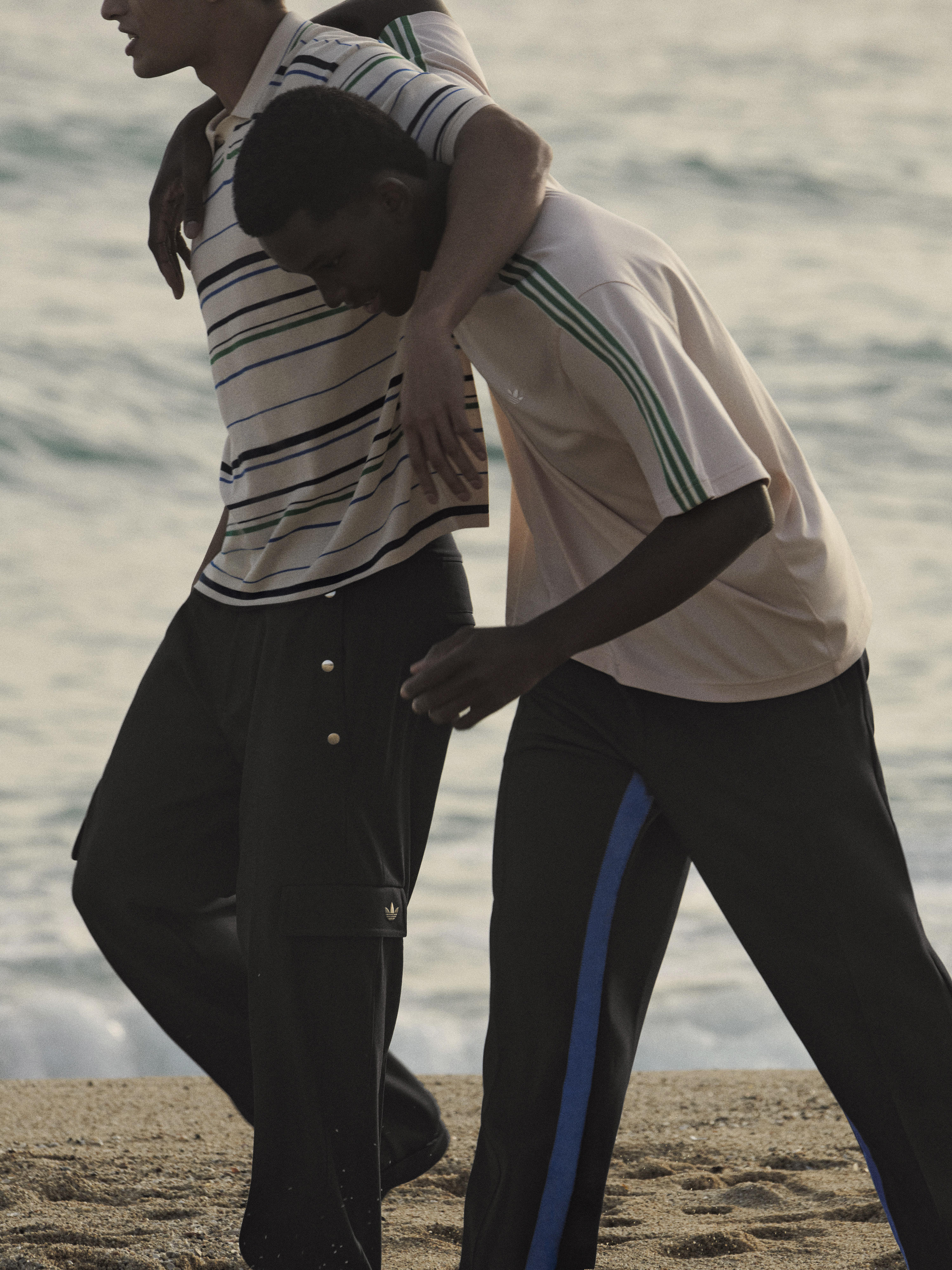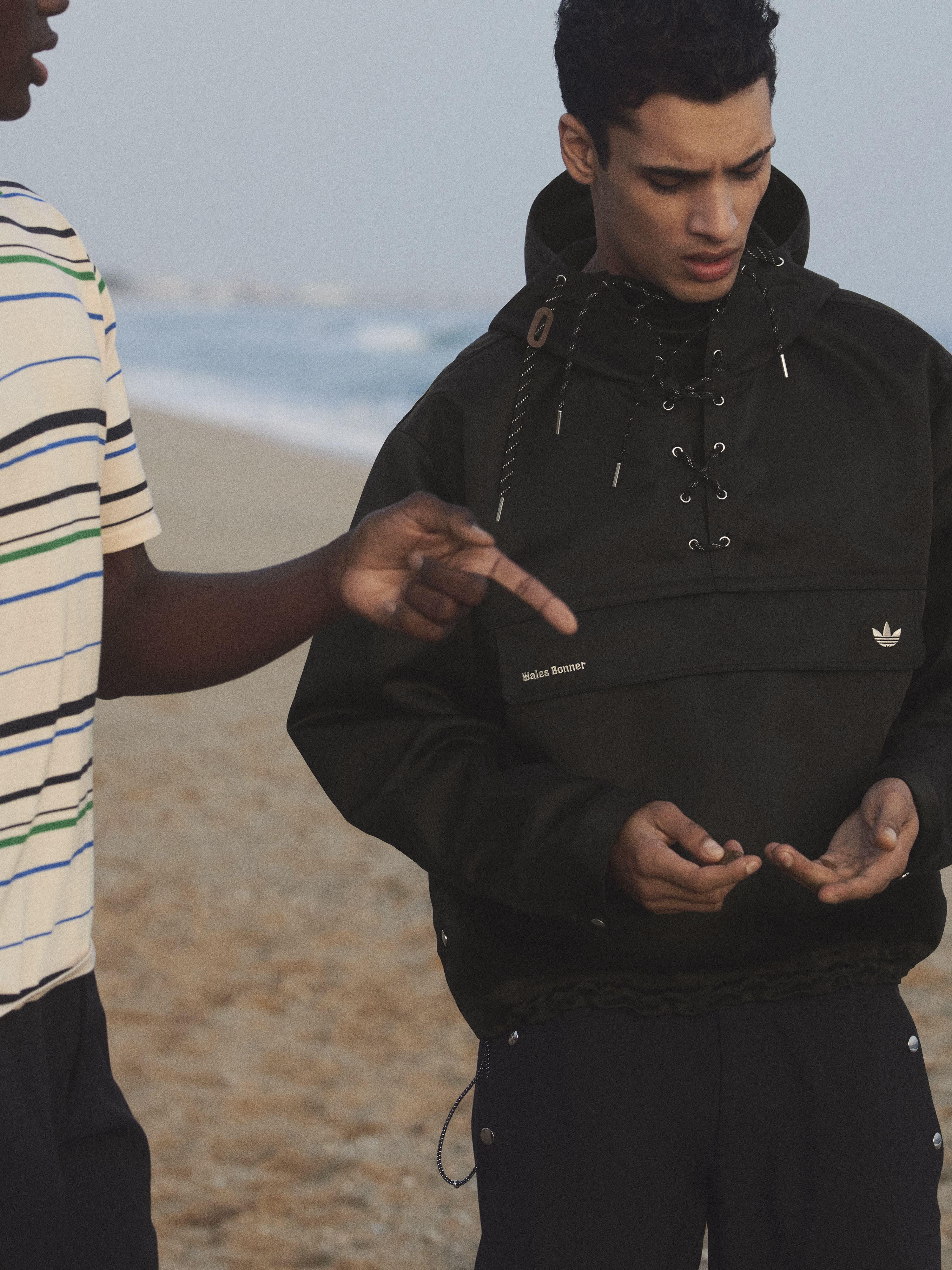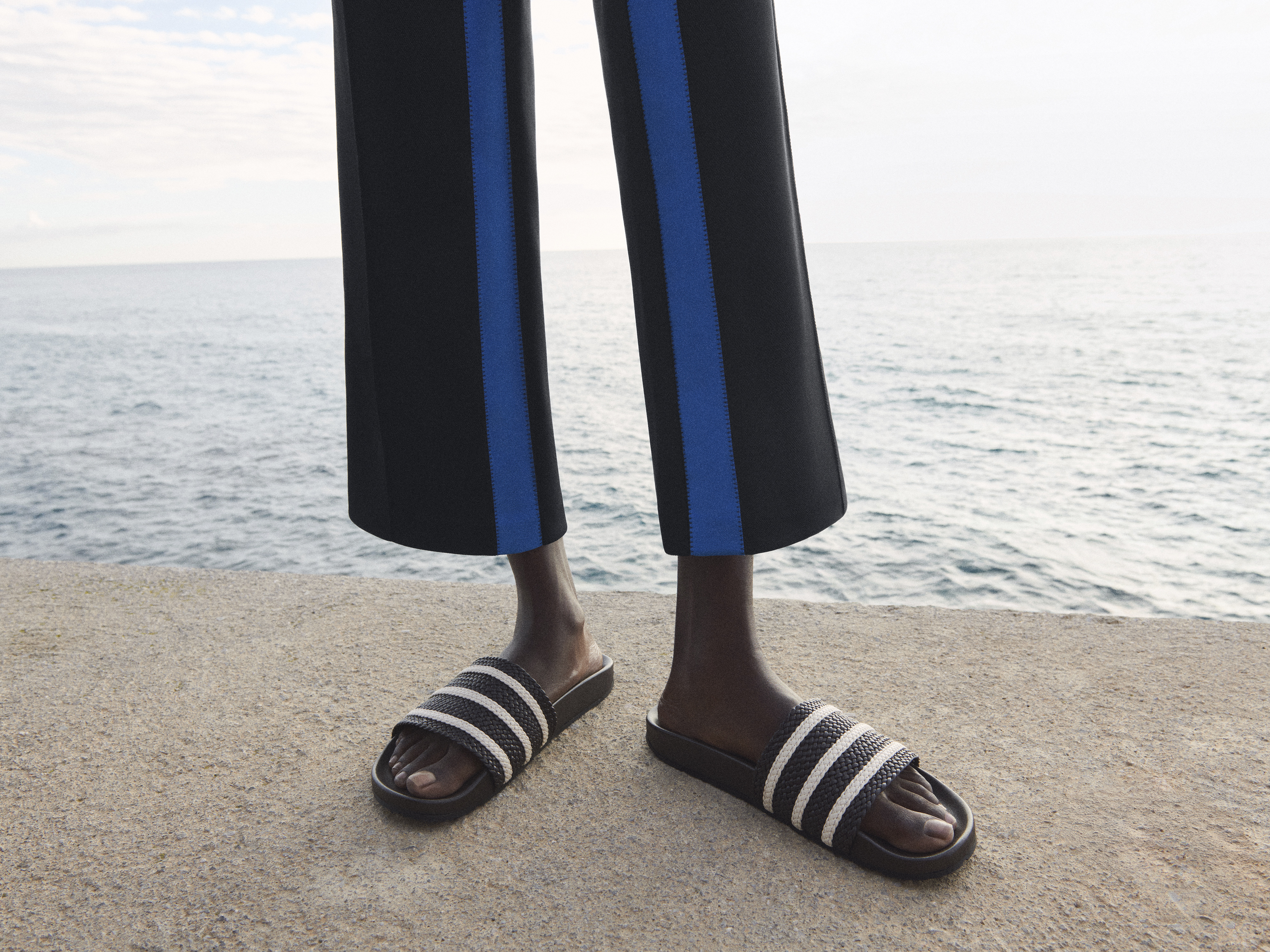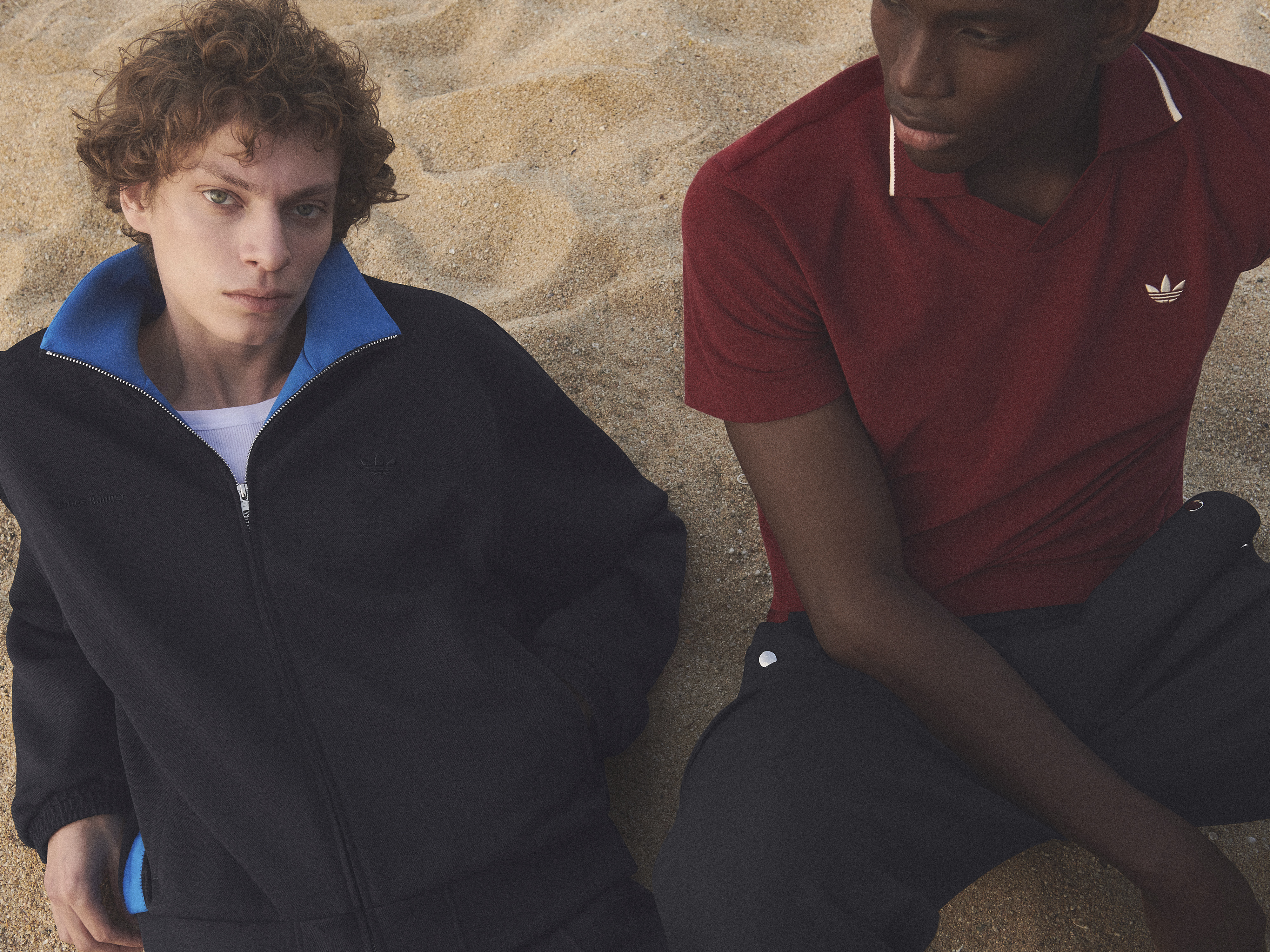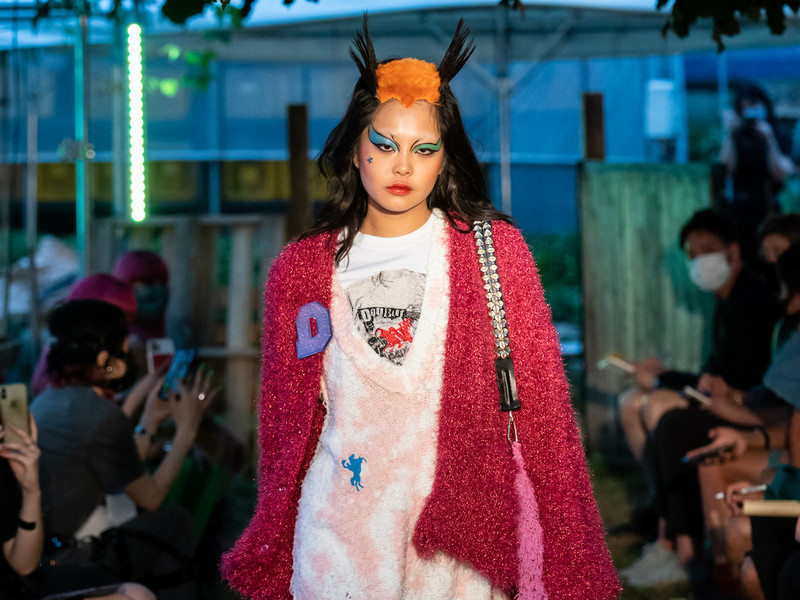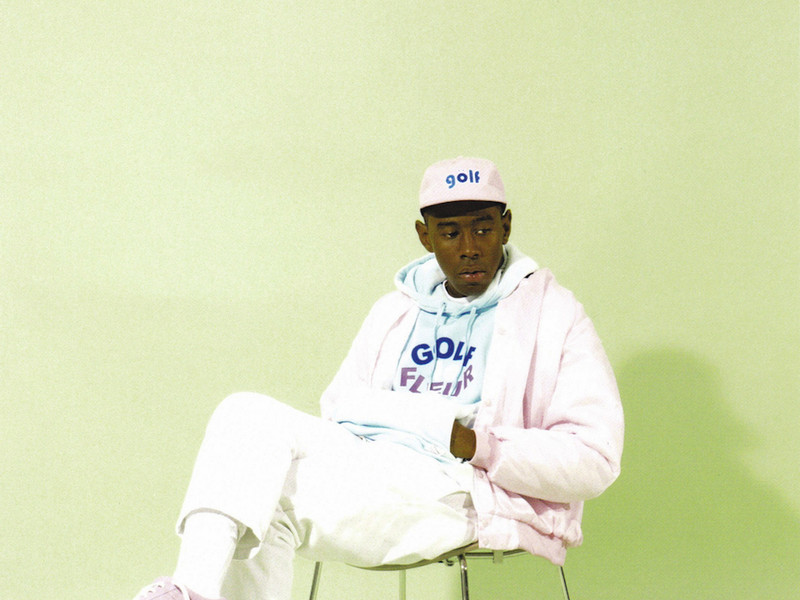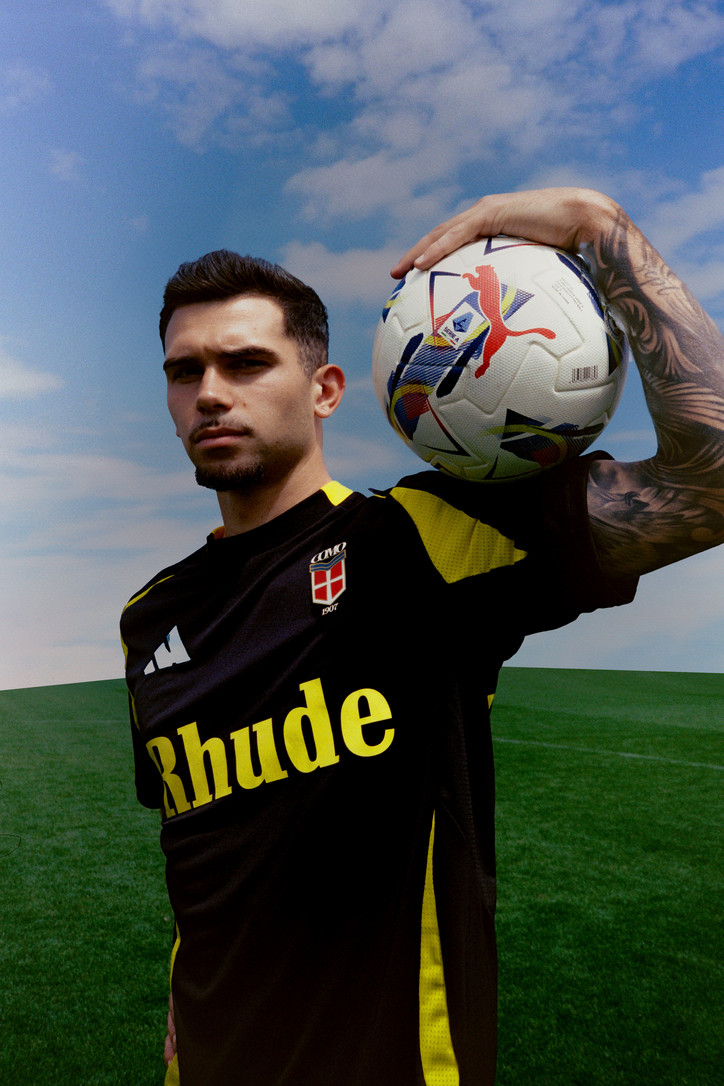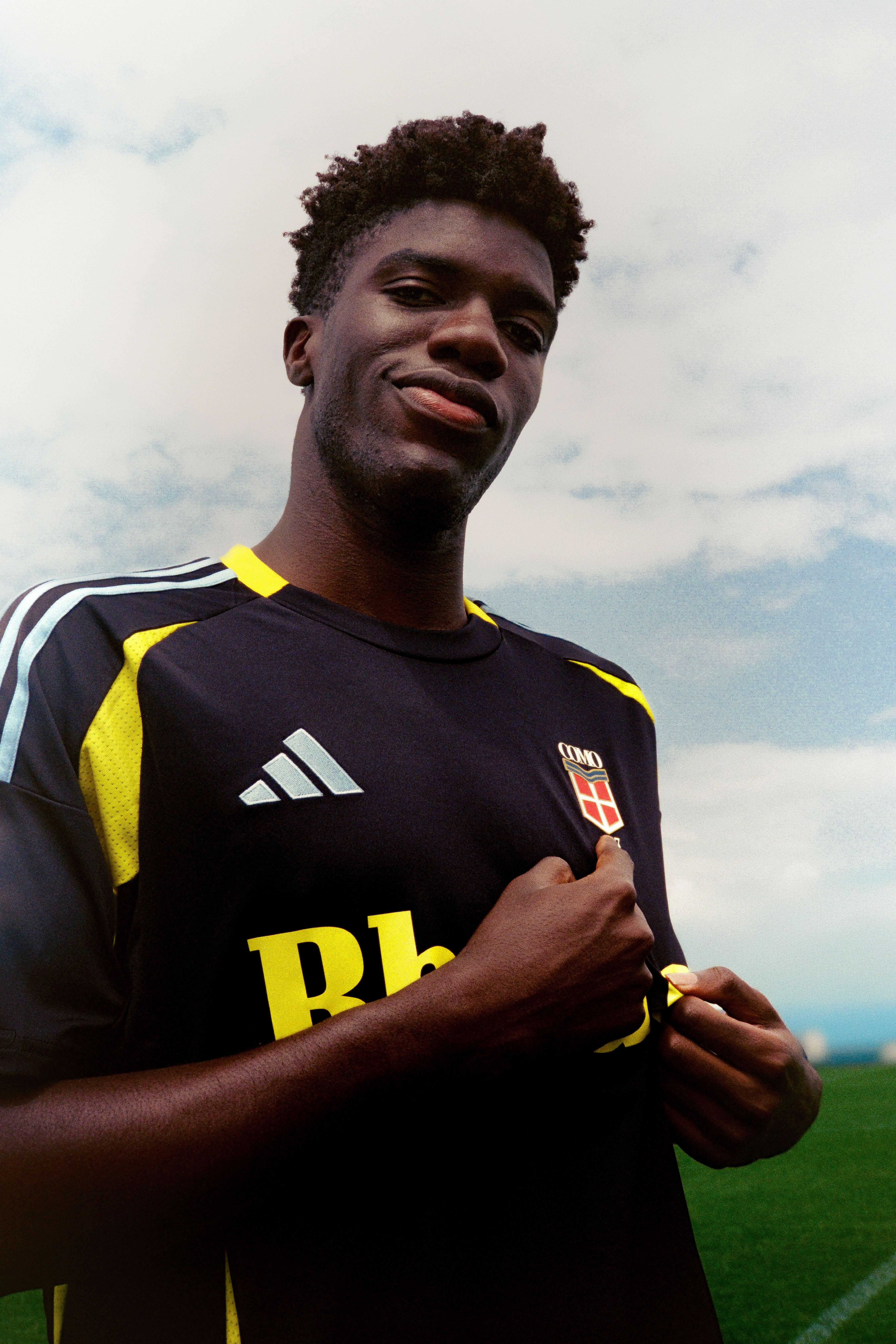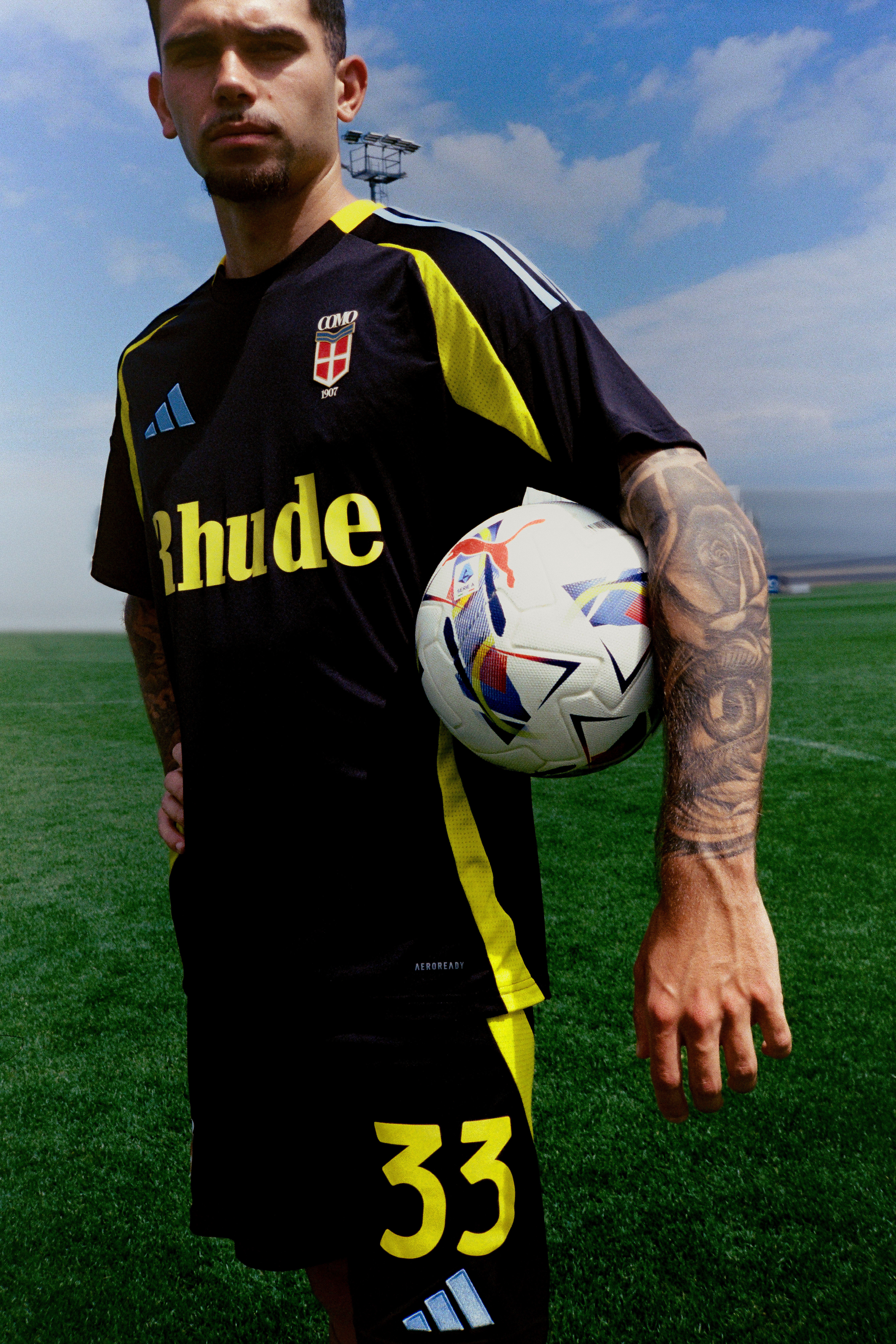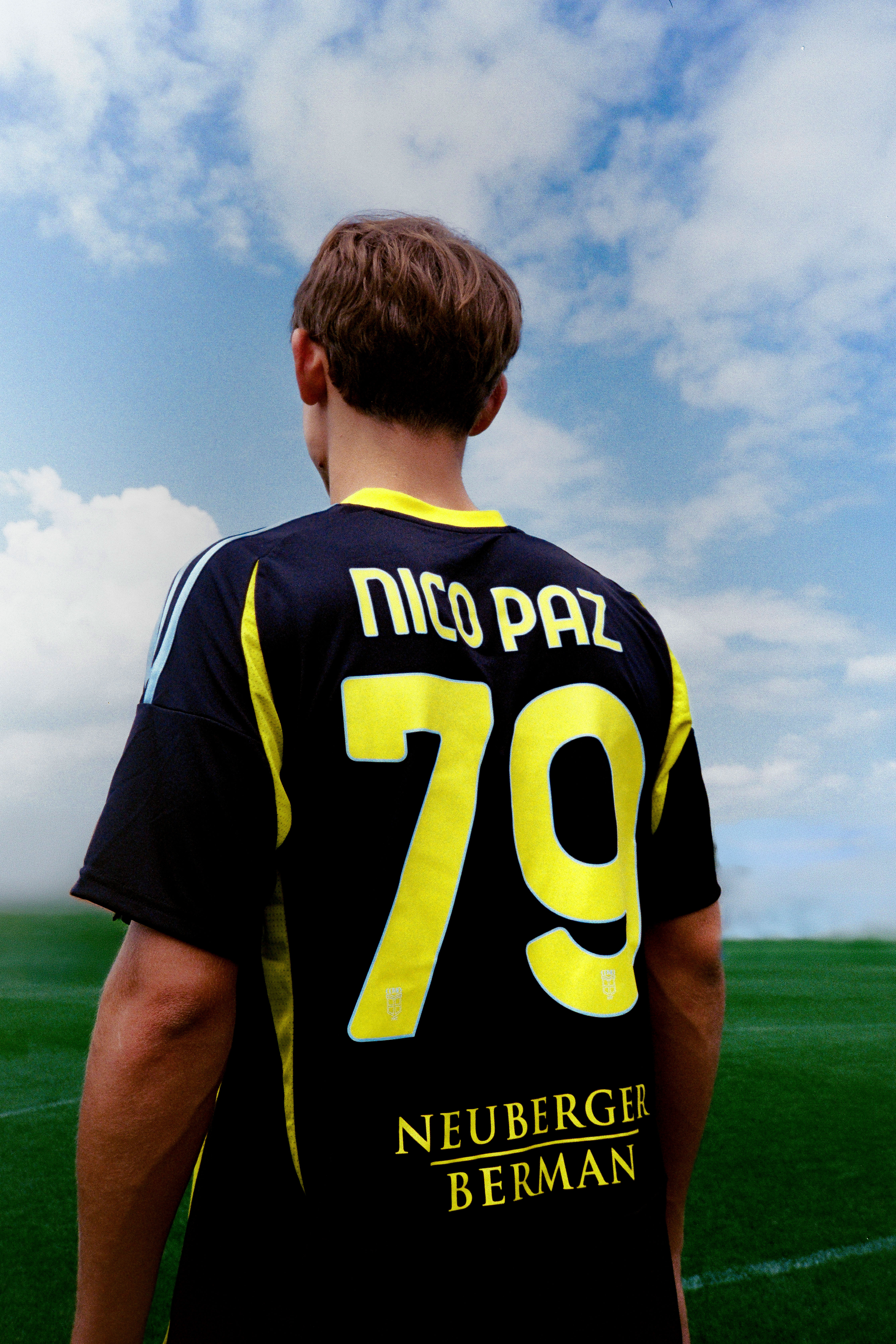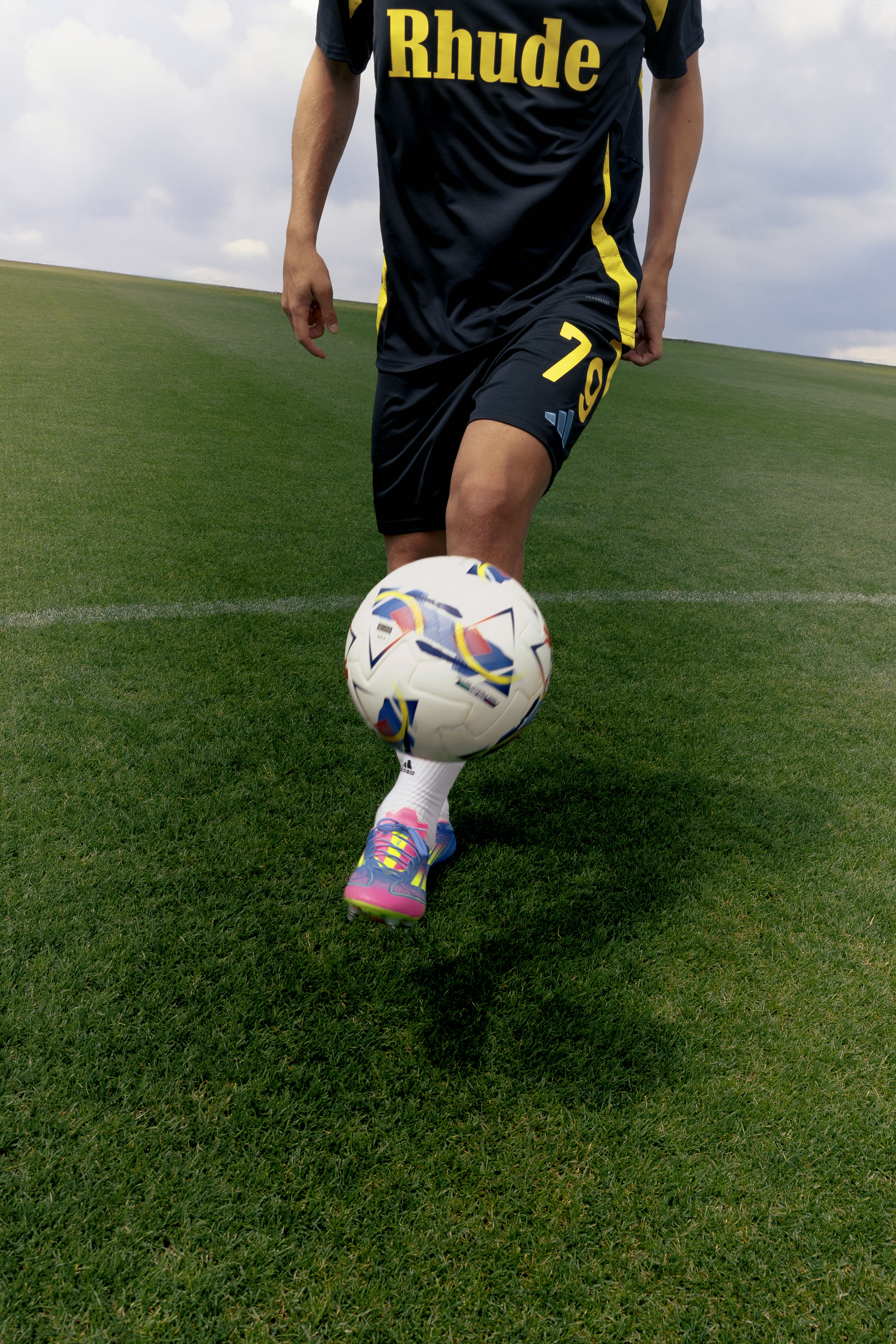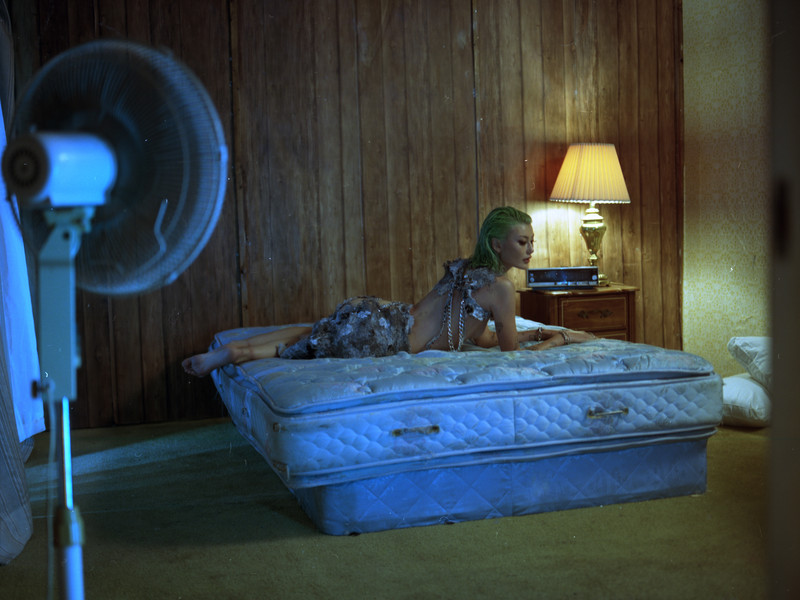Gotta Run with The Crowd: Diego Mosconi

What’s behind the name Fly Nowhere?
Nowhere FC was just a concept which came from a graffiti crew called FC Crew in New York – West, Supreme, Dash, 167, Kaws, a lot of legendary writers came from FC – that’s where my team-building and style came from – the FC Crew which has been around since 1982. And then in 2010, Nowhere FC arrived with a new generation, not so much focused on graffiti as on art… We started as a football club called Nowhere FC, like a hypothetical football club. We can go anywhere, so we’re kind of from nowhere. We didn’t want to bind ourselves to regionality. We really evolved on the Internet, through social media. Our community, our customers, our conversations were all going cross-borders. So, we wanted to think big and expansive for a long-term plan. We don’t want to be tied to being just a “New York FC.” New York was the Petri dish, but the ideas, the cultures, the flavors, were from everywhere. So Nowhere was the most appropriate way for us to roll as a team. Then Fly Nowhere became the commercial end of it, like an airline sponsor. We started getting calls from companies asking how we could work on football projects with them. So we created a studio to service consulting, design, creative, whatever these companies wanted to do in the football space. The Football Café that we created (in the Lower East Side), kind of became the base. We had a café, a gallery next door, and people would come to watch games, hang out, and have drinks. It quickly went beyond that space and became a global creative agency. Nowhere FC was just a concept which came from a graffiti crew called FC crew in New York – West and Virus AA [creative colleagues also at Supreme], Dash 167 who hired me for some of my first freelance work at Rocawear and Sean John, Wane COD, Kaws, a lot of legendary writers came from FC – that’s where my team-building, and style came from, the FC crew which has been around since 1982. And then around 2010, Nowhere FC arrived with a new generation, not so much focused on graffiti as on art, but with the foundations of graffiti crews and their team identity systems as one inspiration for our DNA.
How did you get involved with football?
I’ve played since I was four. My dad is Peruvian, which is Inca, African, and Italian, and he always had an interest in football as a connection to our identity. He was adamant about me trying it out as a kid, and it stuck. I didn’t come from a really strong football neighborhood or football culture, but I played it at such a young age, so it’s always been a part of me. I became a fan of the foreign game, the global game, in my early 20s. I played in Seattle, and it was pretty serious — all year-round, indoor and outdoor, traveling to tournaments the Olympic Development Program was having in the ‘80s and early ‘90s. Olympic Development was the level before you go pro. I was never good enough to go pro, so by my teenage years I just started diving more into graffiti and art, but the football stayed in me. I became a fan of the foreign game, the global game, in my early 20s. When I got my first interview at Supreme, it was a total coincidence that they were doing their first collaboration with Umbro —my hiring test was to go home and design a soccer jersey. It was completely random, I never expected that.
So what was your position at Supreme, and how long were you with the company?
I started out as an illustrator and graphic designer, and then I got involved with sportswear design and collaborations. James Jebbia is really like a Warhol to me; he won’t call himself an artist, but to me he was. I watched him direct and weave bits of work from an all-star list of talent, and craft something very layered that I still am digesting, years later. I came there for a job but I started to appreciate that Supreme was even more intricate and disruptive than I imagined, and could not be confined to just being a “business.” This was my first hint into the idea that you could make money and make “art.” I was in-house for about 4 years and kept freelancing for them for a couple of years after, before I met another creative mentor named Reed Putlitz who was the director of Marc Jacobs Special Projects. He brought me in for the next few years to do weird collaborations and stunts under the president Robert Duffy; the Bookmarc store and the MJ label with the really long name “Jacobs by Marc Jacobs for Marc etc.” I was lucky that some of my first in-house jobs had teams and bosses that taught me expansive ways to problem-solve and be curious.
As a multidisciplinary artist, do you see creativity as a language? And if so, what do you want to convey?
Well, I think part of that is [about] the times we’re living in. Craft, and genre, and industries are breaking open, so everyone has to be kind of multidisciplinary now. I guess Nowhere FC has definitely been a journey for me and my ideas in finding identity and connecting with other people socially. Disruption pertains to it in the sense that, I never felt comfortable saying, “I want to be a fashion designer and make a commercial clothing brand.” So then it’s like, okay, so go be a painter and sell your paintings in the gallery system. That system never really felt comfortable either, that culture. Not that I don’t enjoy and respect galleries, but I don’t feel comfortable calling myself a painter. Football goes into everything – art, culture, sports, style, food, travel, tourism, politics, crime, poetry. It tells the story of humans in every way. So I just know that the starting point is always football for me. It feels almost like a religion. It’s outside of business, outside of art, but it’s also inside of business, and inside of art. I don’t know where it’s going. I don’t know where this art is going. But I know that I love the language of football, the language of the fans, the heraldry, and symbolism. It’s a lot of codes that tell the stories you can unravel. Storytelling is at the root of my work.
Describe two career highlights that stand out for you?
Building the Football Café was one of the highlights, because that was the first time I was able to bring something in my mind, and in my group’s mind, to a reality, to create a physical space, a brick-and-mortar. I really like brick-and-mortar spaces because there are always surprises — you never know who’s going to show up each day. It was my chance to do regular, blue-collar labor, like make coffee and smoothies for people and talk to them. It was really like a community just organically exploded out of there. I never could have planned that. That was a powerful lesson I learned – if you build it, they will come. You wake up every morning at 7:00 A.M., and turn on the lights for this little community. Another highlight would be the restoration work on the Venezia FC brand. My heart was really in it, because I went to school in Venice (Italy) as a kid, and in 2016, I’m now working for Venice. It meant I could put the best of what I could do into a 114-year-old football club. The ownership gave us a lot of freedom, and supported Ted Philipakos, my creative partner at the time, and myself as Creative Director and CMO of the brand. We got full reign to redesign the social media, the tone, the photography, the graphics, the stadium. We cut a legendary deal with Kappa, and I got to design four kits. All four kits did well. Then our jersey sold out in four hours, the social media tripled and we became a little story in world football for a couple of months.
What are you working on currently?
Right now, we’ve just finished opening the Paris Saint-Germain store in New York. We’ve been working with Jonathan David for a couple of years; he’s a Canadian National Team star of Haitian heritage who was born in NY and broke the record for most expensive transfer at LOSC in Lille, where he beat PSG, won the French League and Super Cup in his first year. We joined a charity project, The Sanneh Foundation and developed a line called the For Haiti collection, to support youth footballers for training, food, and education. All the money goes to a foundation in Cité du Soleil. Currently, we are working on reorganizing our agency as we’re expanding. Our passion project is to build out our Fly Nowhere FC community, and hopefully start to create a borderless team around the culture of football and art. It’s about reimagining football and making it more accessible to more groups of people.
What do you ultimately hope to achieve through your work as a creative?
I’d like to build ideas. I like things to be bigger than me, to grow beyond what I can imagine. I’m obsessed with the future, but I also embrace the past, and heavily nerd-out on my perceptions of history and mythology. I think if you’re obsessed with football, you kind of have this Sisyphus complex, because it’s repetitive, but you keep coming back. You’re living in constant disappointment, but that’s just part of being a football fan.

